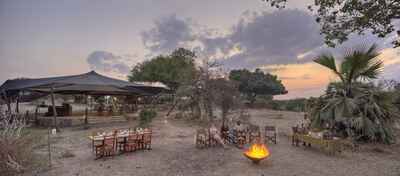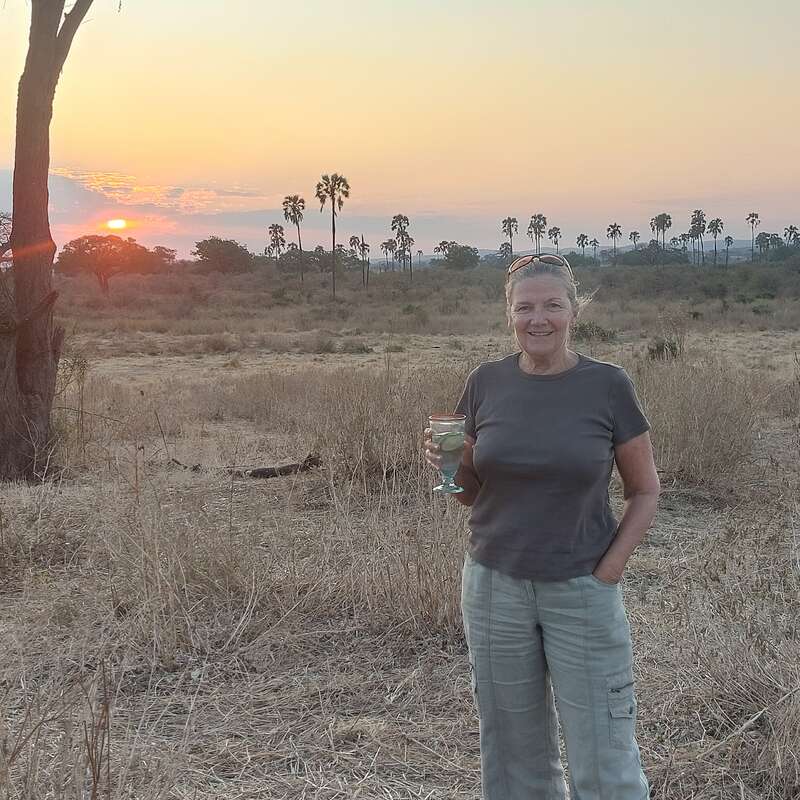About Roho ya Selous
Aptly named ‘the heart of the Selous’ Roho ya Selous is both central and managed by a friendly team with a lot of heart.
Roho ya Selous was designed and built with care, complementing the landscape, yet disturbing it in the most minimal way. Leafy, floral woodlands reach right up to the living spaces and animals feel comfortable browsing by tents or walking through on their way to water. Birdlife is abundant and hippos call from nearby waterways glimpsed through trees on either side of the headland the camp sits upon.
Roho means heart or soul in Swahili and this camp is certainly located in the middle of the park's best wildlife viewing area. It was named for the Selous Game Reserve, the former name for Nyerere National Park, and despite the subsequent change Roho ya Selous has retained its original name. Game drive amongst palm trees, marshes, woodlands and along rivers, boat or try a spot of fishing on Lake Nzerakera, or learn to read the signs of the bush on a walking safari.
Back at camp the team also live up to the name through their heart-felt friendly demeanour and warm welcome. They work hard to make every guests’ stay a truly memorable one. Eight stylish tents include extra attention to detail and open sided, specially designed main area canvas structures allow for 360 degree views. Varied dining locations make for magical experiences and the soft lighting of solar lamps hung in trees around the dinner table add to the romance.
Our view
Roha ya Selous is a comfortable and smart tented camp in a great location in the park, run by an experienced team. Its contemporary style may not appeal to safari purists, but it is a well-executed operation offering a very stylish stay. The areas surrounding camp typically have great game and the quality of the guiding is excellent.
Accommodation
8 luxury tents
Children
Best for 8+
Open
1 June to 15 March
Activities

4WD Safari

Birdwatching

Boat trip

Fishing

Fly-camping

Guided walking safari

Private activities
Traveller reviews of Roho ya Selous
12 real, un-edited reviews from Expert Africa's travellers.
Arrived 1 Sep 2024, 4 nights
"Roho ya Selous review"
Overall rating: Excellent
Arrived 25 Jan 2024, 3 nights
"Authentic safari experience with comfort"
Overall rating: Excellent
Arrived 18 Nov 2023, 3 nights
"Roho ya Selous review"
Overall rating: Excellent
Arrived 12 Nov 2023, 4 nights
"Roho ya Selous review"
Overall rating: Excellent
Arrived 12 Jul 2023, 6 nights
"Roho ya Selous review"
Overall rating: Excellent
Arrived 20 Sep 2022, 4 nights
"Roho ya Selous review"
Overall rating: Excellent
Arrived 22 Oct 2021, 3 nights
"Roho ya Selous review"
Overall rating: Excellent
Arrived 22 Feb 2020, 4 nights
"We loved Roho."
Overall rating: Excellent
Arrived 3 Sep 2019, 6 nights
"A class bushcamp in the Selous"
Overall rating: Excellent
Arrived 19 Feb 2019, 4 nights
"Roho ya Selous Review"
Overall rating: Excellent

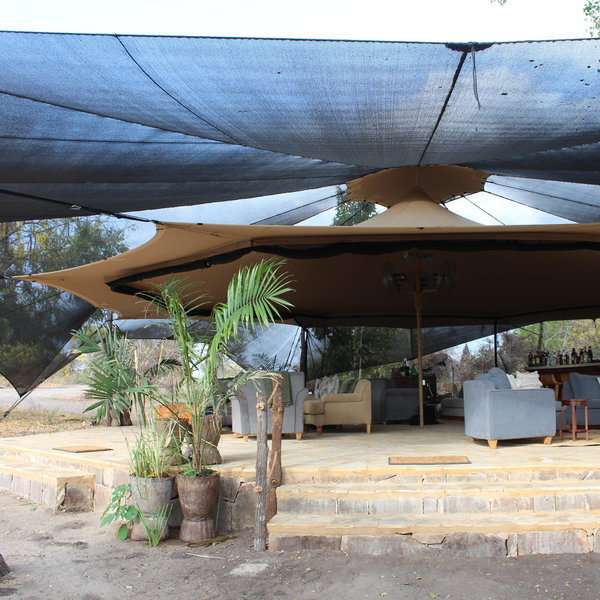
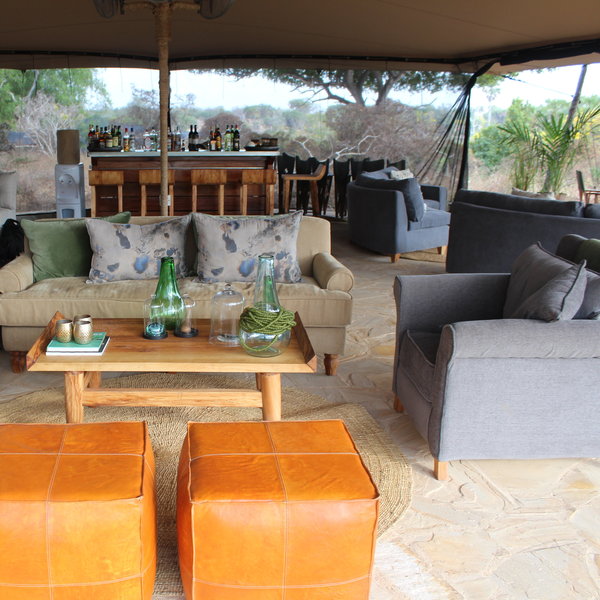
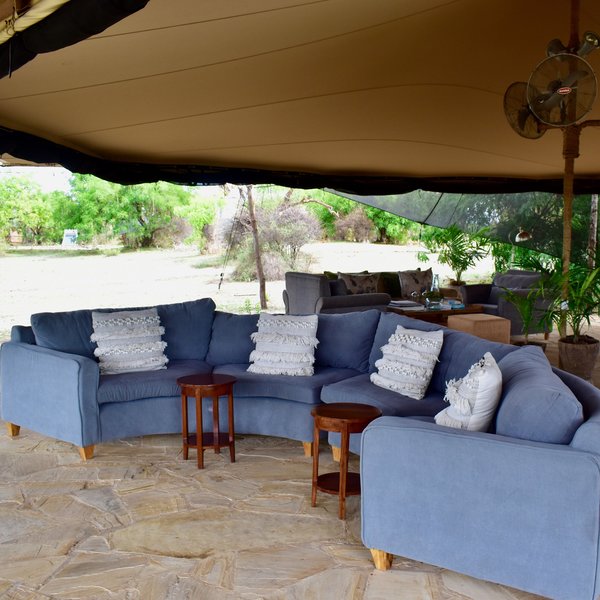
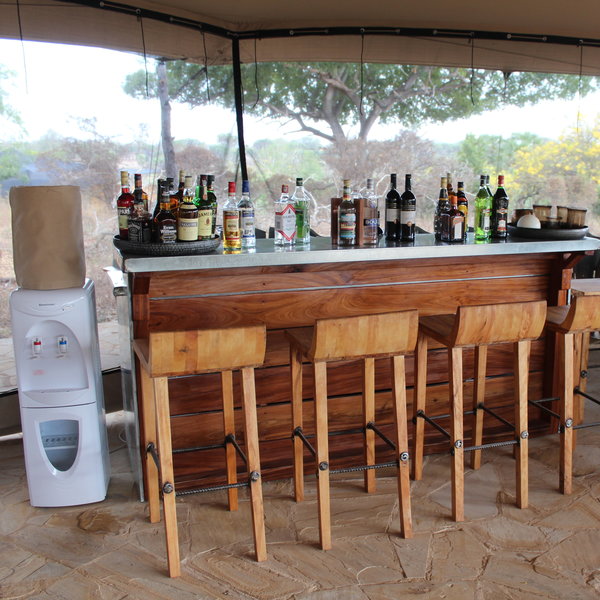
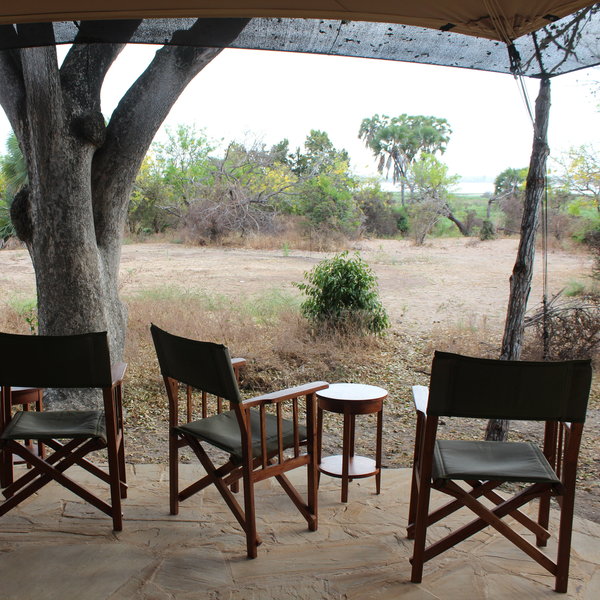
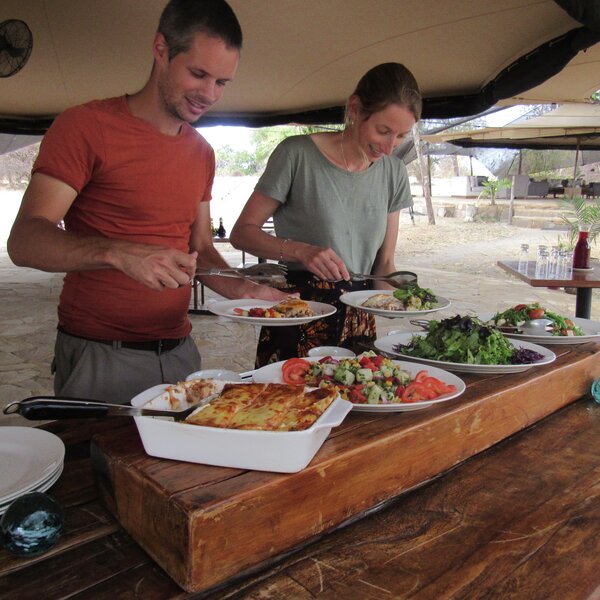
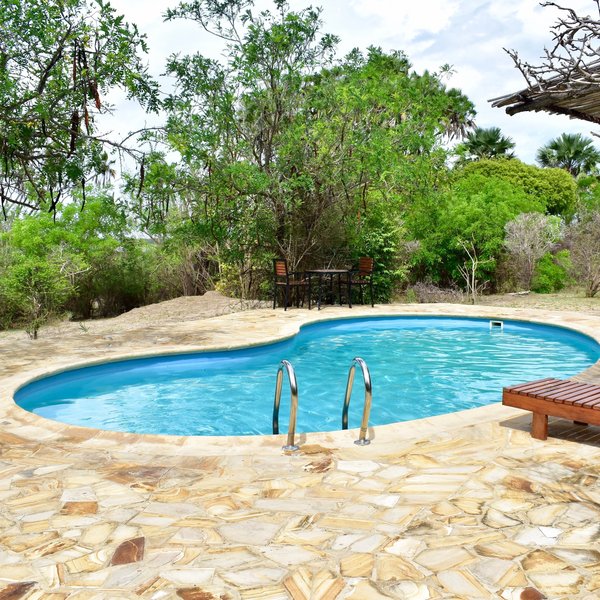
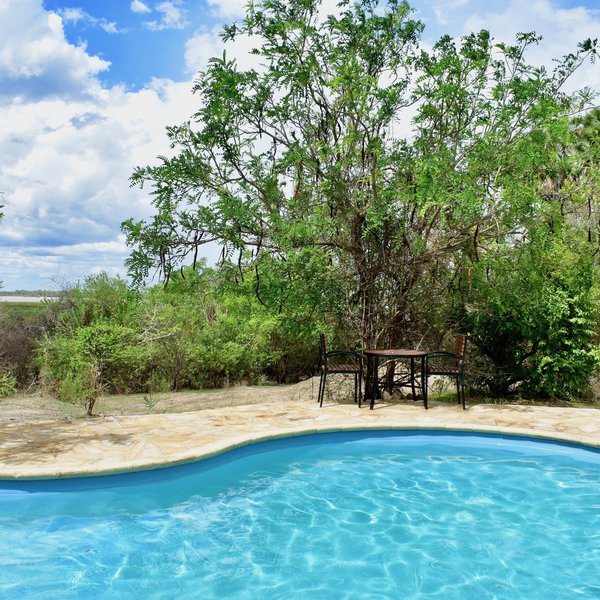
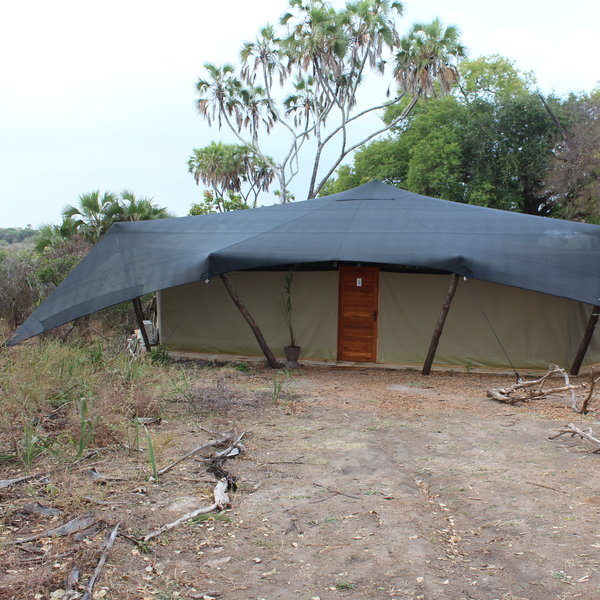
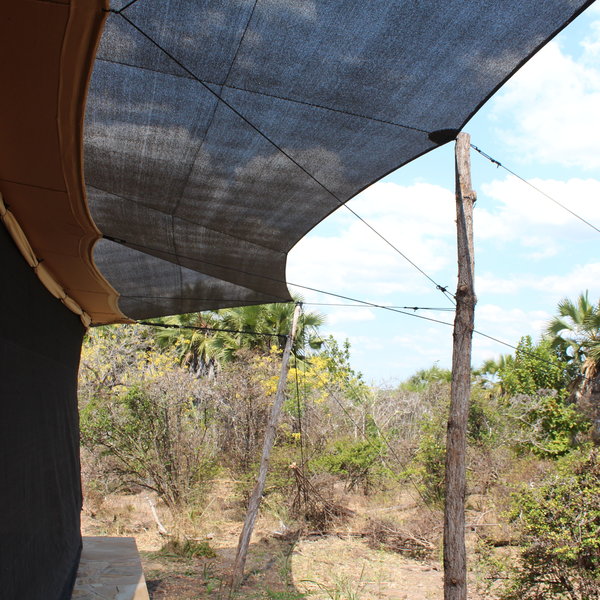
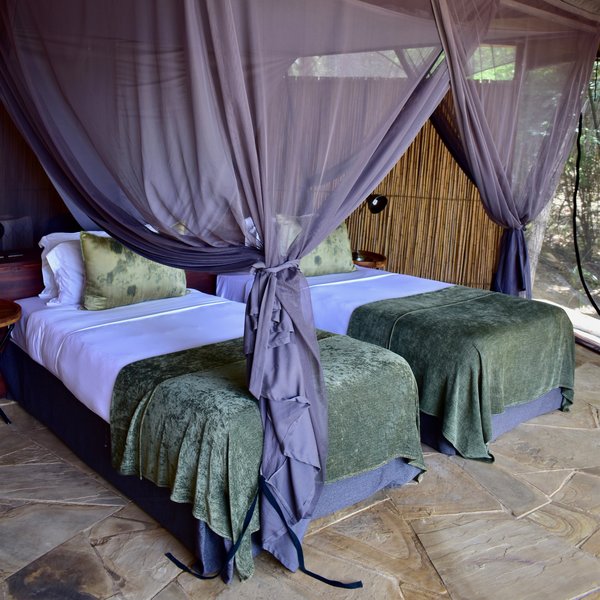
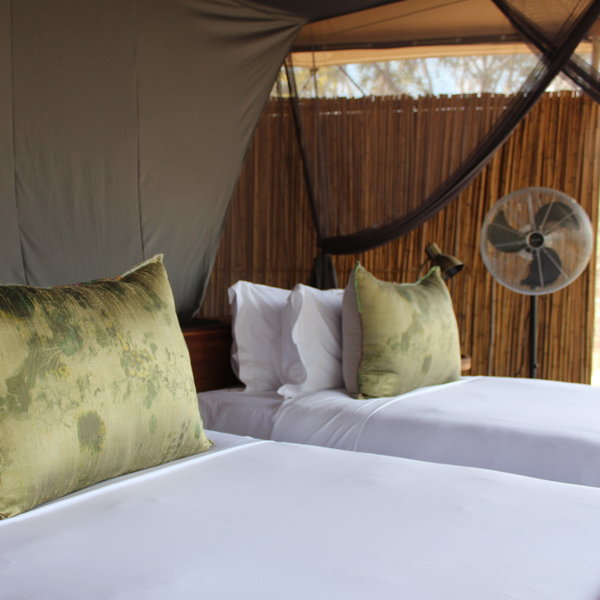
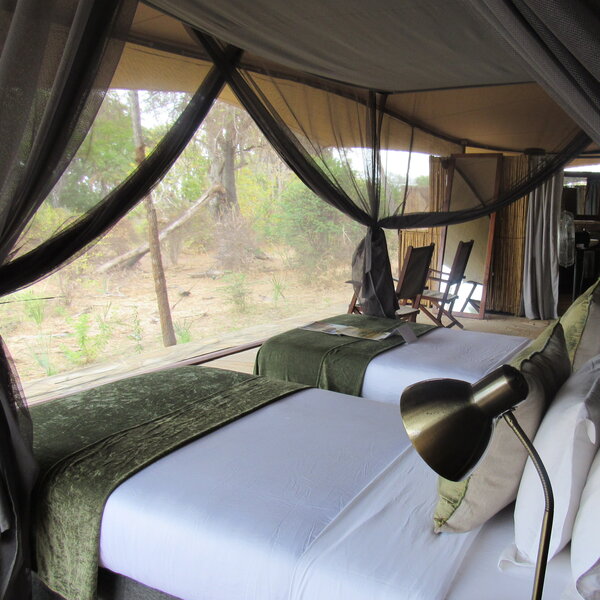
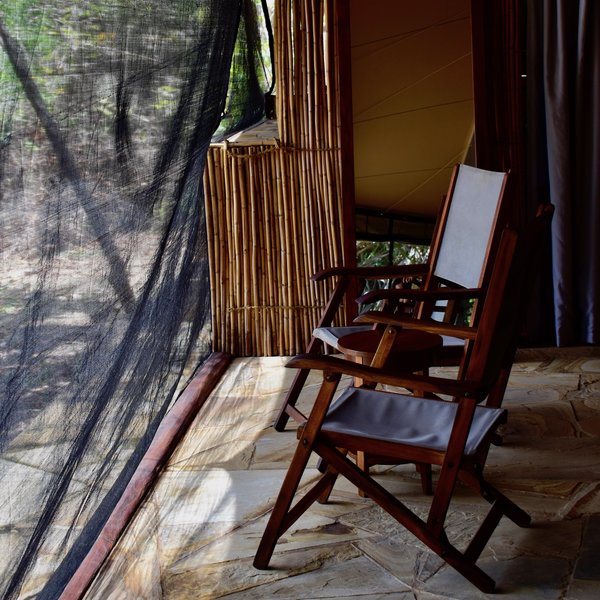
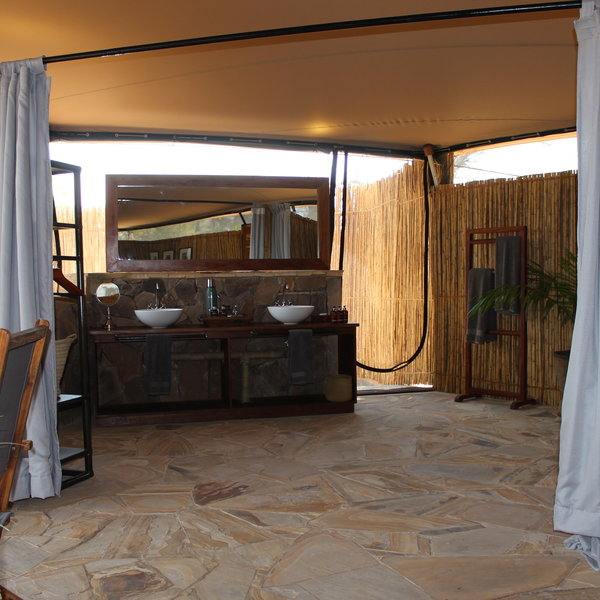
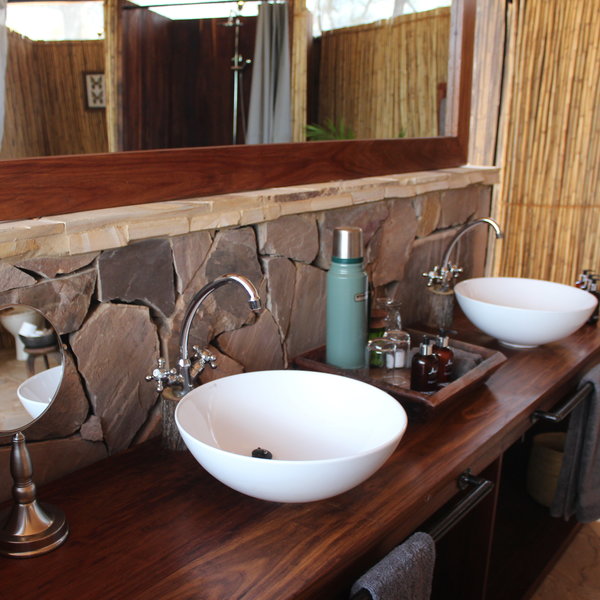
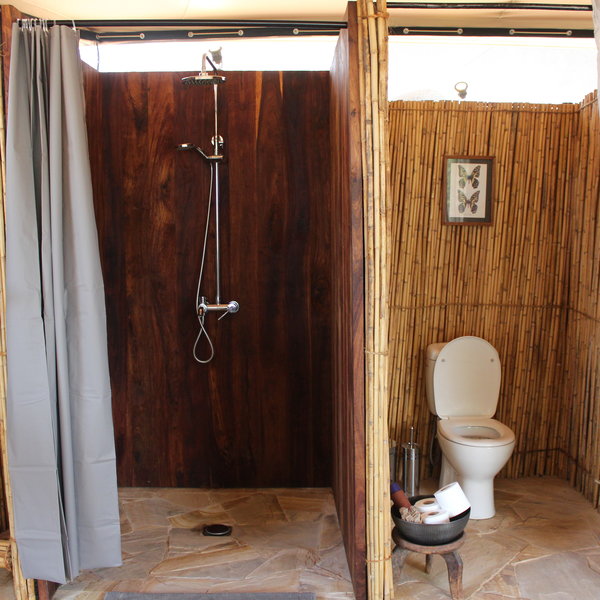
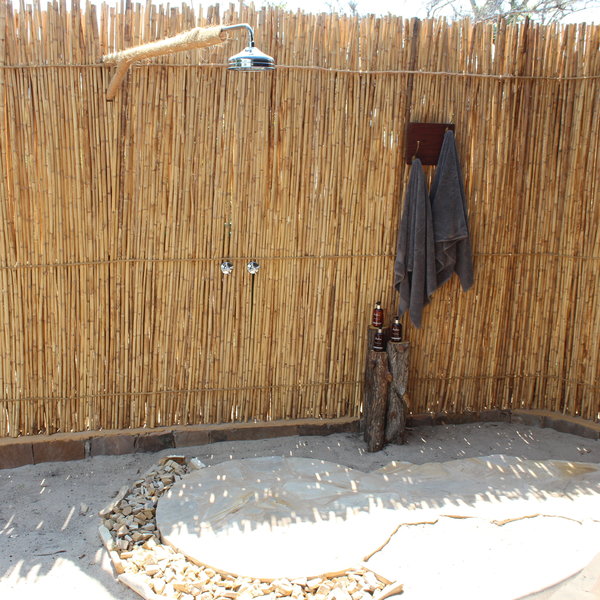
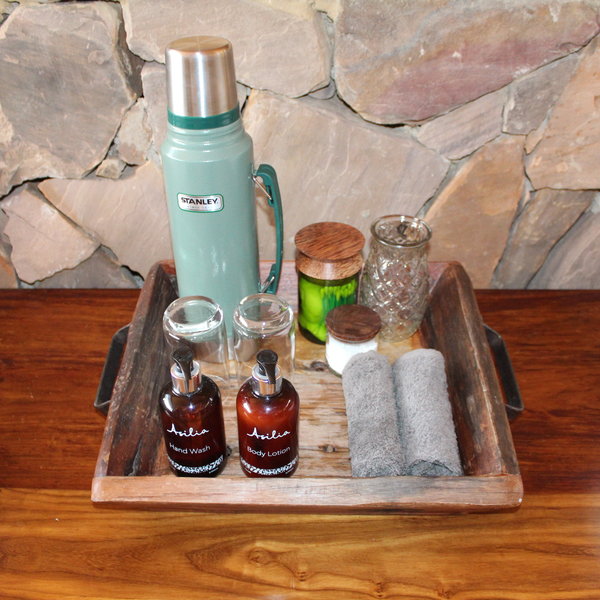
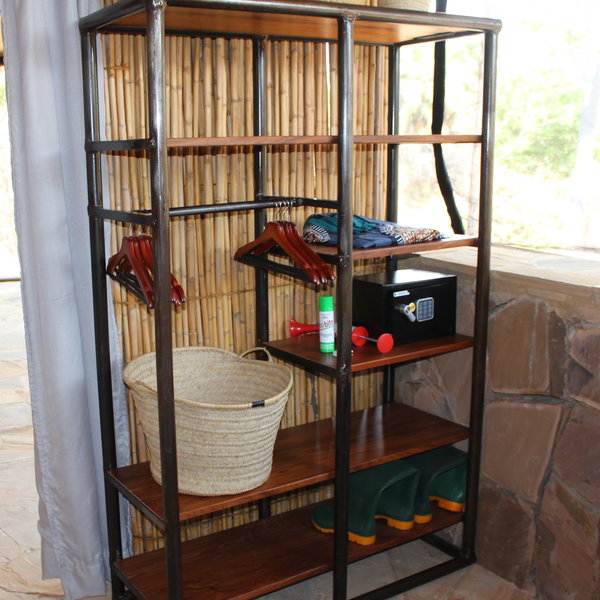
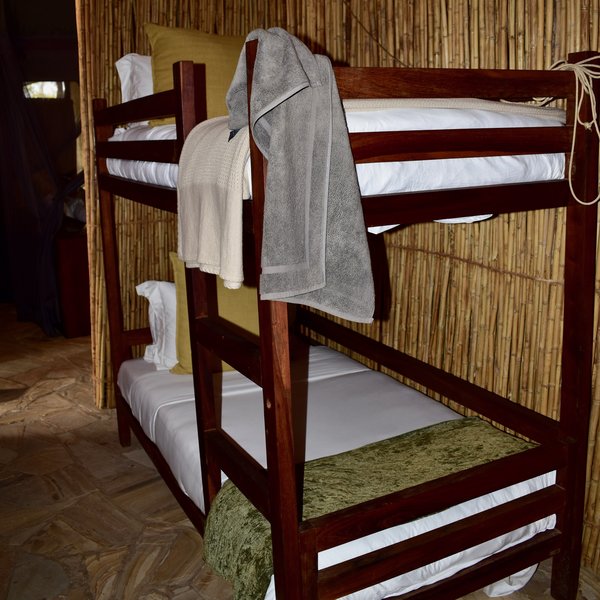
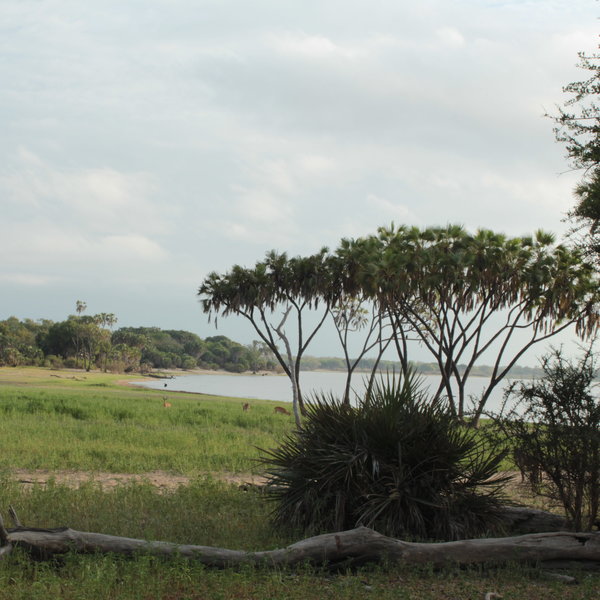
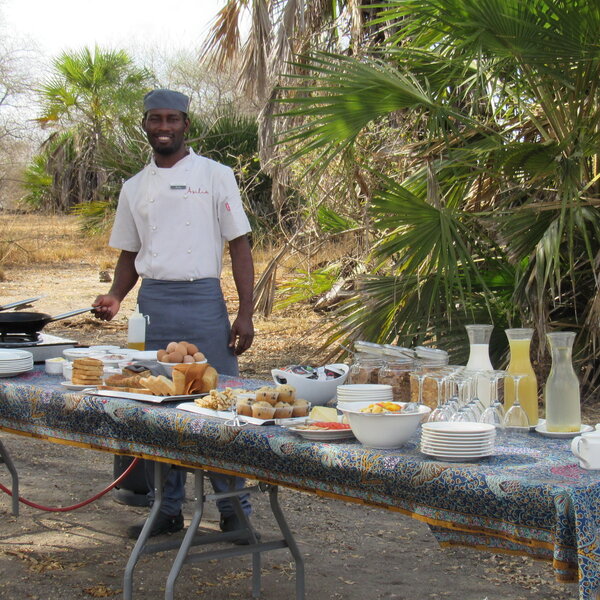
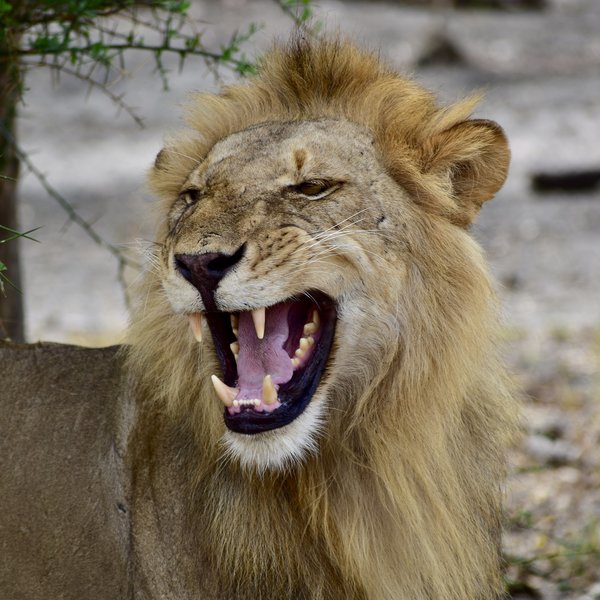
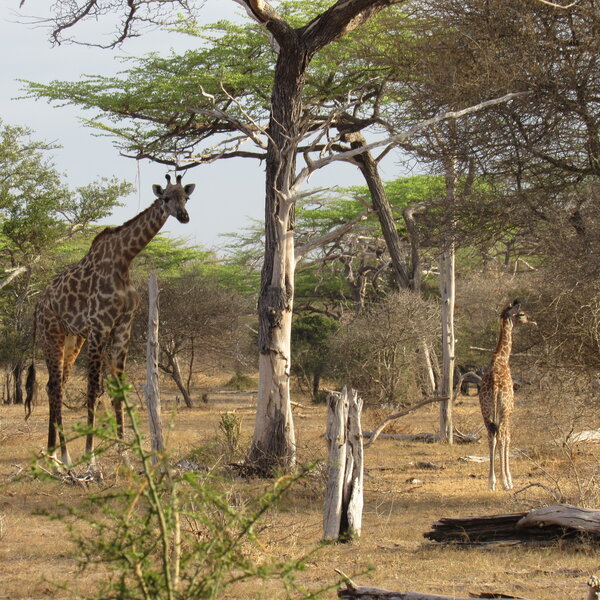
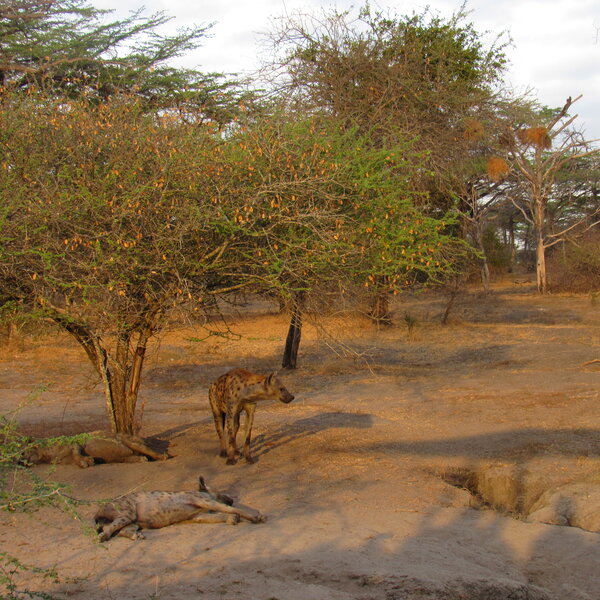
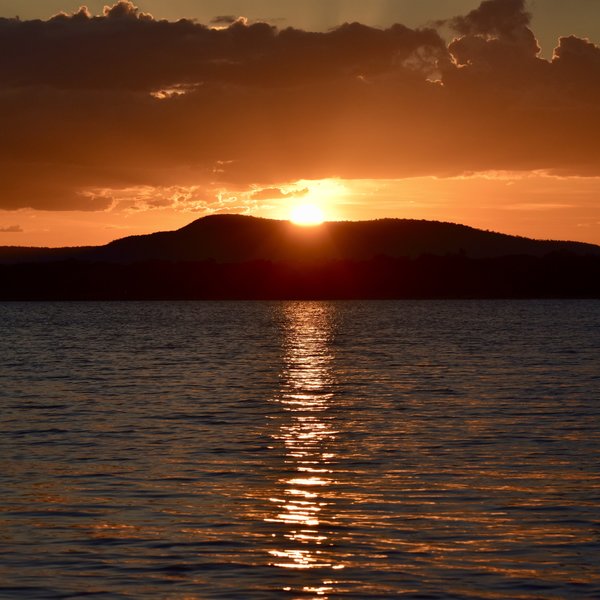
Expert Africa's gallery
When we travel we take lots of photos ourselves to give you a real and un-edited view of the safaris. See our 64 pictures of Roho ya Selous to get the candid view.
View gallerySafaris visiting Roho ya Selous
Just ideas, we'll always tailor-make a trip for you
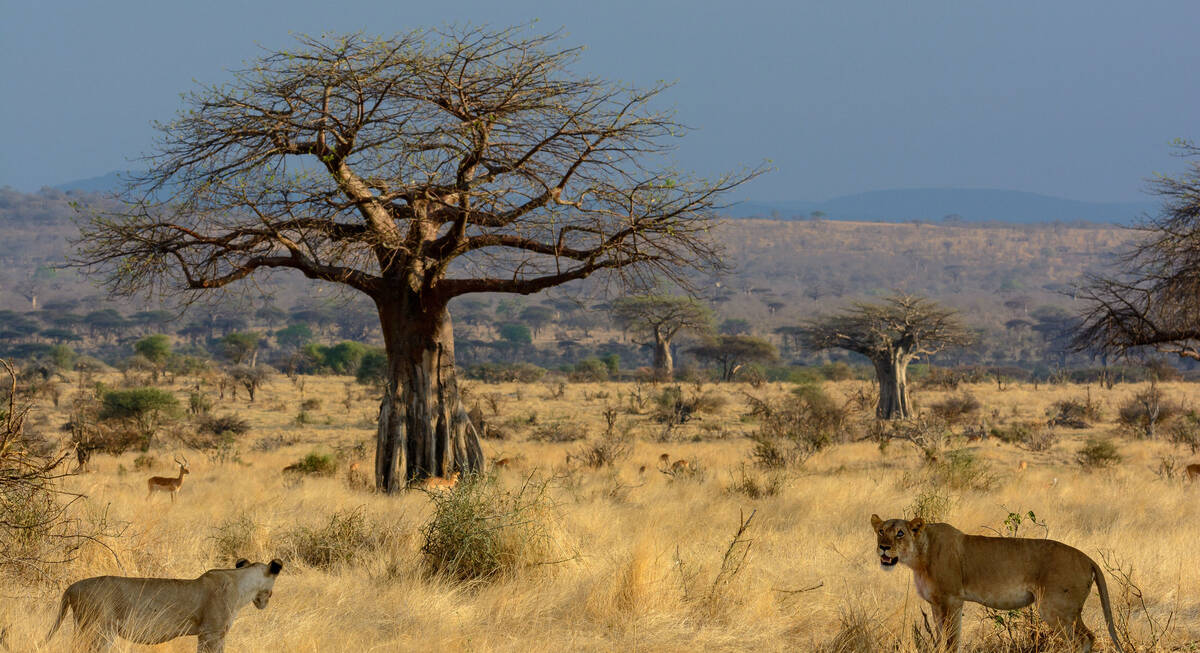
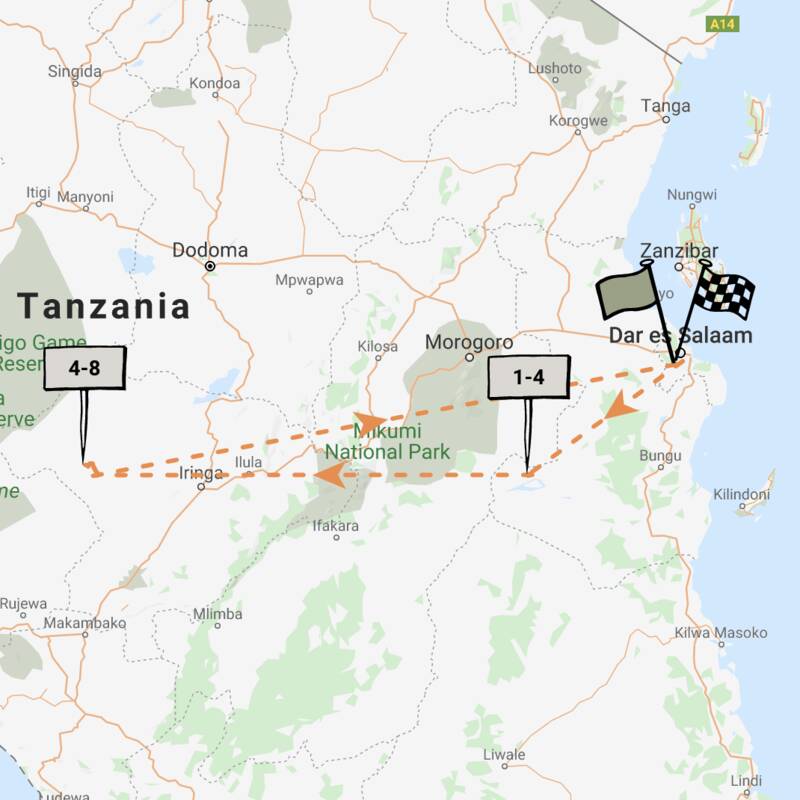
Superb Starling Fly-In Safari
7 days • 2 locations • 1 country
DAR ES SALAAM AIRPORT TO DAR ES SALAAM AIRPORT
Explore Nyerere and Ruaha national parks from two luxurious sister camps within wildlife-rich locations. Both offer a range of land- and water-based activities, a superb standard of guiding and access to beautifully contrasting landscapes.
Visiting Ruaha, Nyerere
US$9,180 - US$12,950 per person
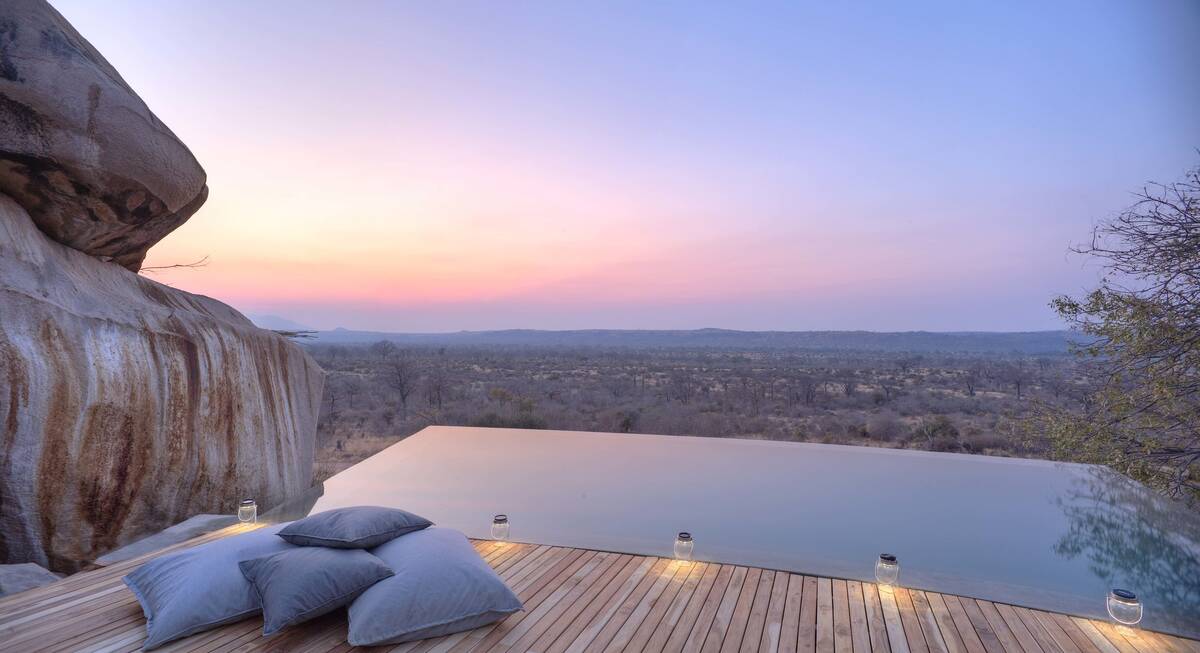
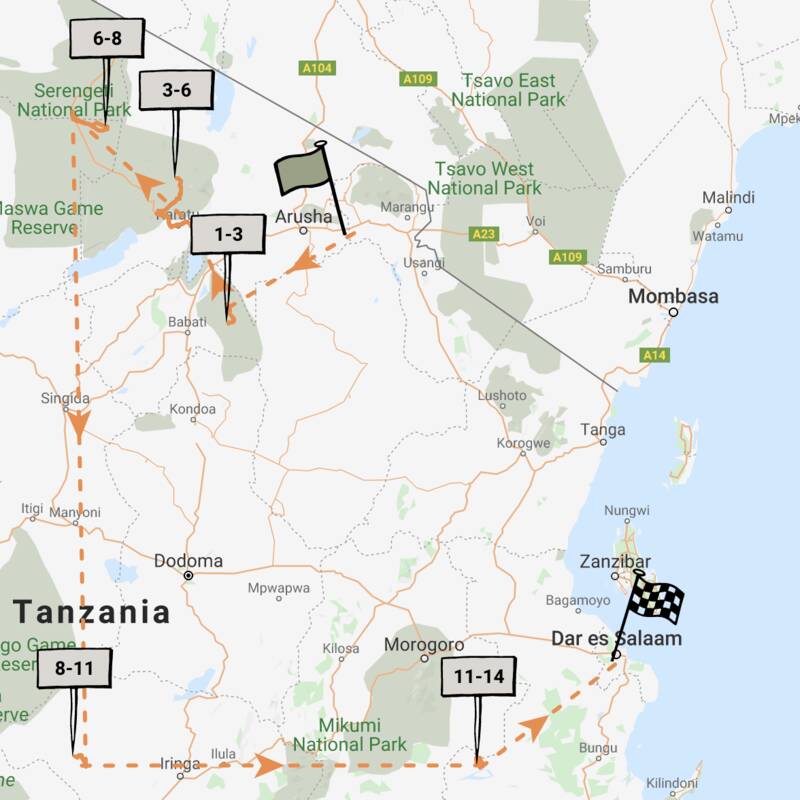
Marabou Stork Fly-in Safari
13 days • 5 locations • 1 country
KILIMANJARO AIRPORT TO DAR ES SALAAM AIRPORT
Four luxurious camps enable exploration of Tanzania’s north and southern regions. With a range of land- and water-based activities available throughout, decidedly comfortable accommodation and applicable long-stay discounts, this adventurous safari is excellent value.
Visiting Tarangire, Serengeti and 3 other areas
US$19,410 - US$25,560 per person
Roho ya Selous: Our full report
Opened in 2017 Roho ya Selous is currently the newest safari camp in the Nyerere National Park.
Its name means 'Heart of the Selous', after the old Selous Game Reserve. It's located on a small promontory on the west side of Lake Nzerakera, just to the north of the inland delta formed by the Rufiji River. This is indeed at the heart of the Nyerere National Parks' best area for game.
This camp is situated on a low hill overlooking the Rufiji River, close to both Lake Manze and also Lake Nzerakera, which is the area of the park typically considered to offer the best game viewing. You can expect to see plenty of crocodile, pods of hippo wallowing in the water whilst fish eagles fly overhead. We understand that the first plan for this camp's name was “Roho Selous” – but that Swahili-speakers were very clear that 'Heart Selous' made no sense as a name… and hence the name “Roho ya Selous” was chosen. Its brilliant location for game certainly warrants the name choice.
Roho ya Selous has eight spacious safari tents, including one family tent, which are nestled between the trees and spaced out for privacy. Inside, the tents are tastefully decorated in a neutral colour scheme with green accents, with contemporary wall hangings and a few pieces of furniture. The combination of stretched canvas roof, rustic stone floor and bamboo walls makes for a stylish overall aesthetic but the highlight of the room is definitely the huge open side offering a completely private view of the bush. It is screened with a fine net to keep the insects out, but ensures the views are not compromised. On our most recent visit in September 2019, we spotted a variety of wildlife during the day and night.
An evening breeze cooling system is installed over the bed, which is an almost-silent, low-power air-conditioning system which helps to keep the interior of the mosquito net over the bed cool. We've slept under these in other camps, and found them to make a big difference. In case of technical problems with the evening breeze system, there are a number of excellent standing fans as well.
Each tent has a large en-suite bathroom separated by a curtain, which features both an indoor and an outdoor shower, with complementary toiletries provided.
The main area at camp features two open, shady spaces where you can enjoy a drink from the bar, read a good book or share safari stories with other guests. The lounge tent and dining tent are a short walk from the rooms and have the same stone floors and contemporary stretched canvas and net roofs, that are a stylish change from the typical tents found in many camps. These main areas are furnished in a minimalist, natural style, and are decorated with printed cushions and interesting artefacts such as beautiful shells and butterflies displayed under glass domes.
The small kidney shaped swimming pool offers welcome relief during the heat of the day and is a great addition to the camp. There are a number of chairs dotted around the pool, with four sun loungers positioned under a wooden awning.
One of the advantages of visiting Nyerere National Park is the range of safari activities on offer. Most of the camps in the park, including Roho ya Selous, offer a wide range of activities including game drives, walking safaris, boating safaris and also fishing. We enjoyed an afternoon on the neighbouring lake and sundowners on the banks, although the boating areas are a little restricted towards the end of the dry season. Like most of the camps in Nyerere National Park, Roho isn't able to run extensive night drives – as the park's authorities don't allow these in most areas of the park. The best that's possible will be a drive back to camp after sundowners, in the fading light.
Activities are spilt in to a morning and evening sessions, and if staying for at least two or three nights then guests will have the opportunity to experience many of these during their stay. As this camp is the first for its owners in Nyerere National Park, they have brought in a number of their best staff from across the Tanzanian operation – guides, managers and camp staff – so there is an excellent team behind the running of the camp.
Activities
4WD Safari
Birdwatching
Boat trip
Fishing
Fly-camping
Guided walking safari
Private activities
Families & children
- Attitude towards children
- Children over the age of five are welcome at Roho ya Selous.
- Property’s age restrictions
- Children need to be over the age of five.
- Special activities & services
- Camp staff are happy to occupy children around camp with activities such as basic fishing.
- Equipment
- The camp has a family tent consisting of a standard double with an interconnecting room equipped with three bunk beds.
- Generally recommended for children
- When we visited we felt that Roho ya Selous had quite an adult atmosphere to it, so we would recommend this camp for slightly older mature children, who will be able to enjoy the swimming pool and game drives, but also make the most of the family tent. The camp would be perfect for older children with more independence who will be able to take part in the full range of activities on offer in Nyerere National Park.
- Notes
- Although the lodge accepts children from the age of five, we'd be very cautious encouraging very young children to visit camps like this – which are unfenced and in the heart of big-game country. Given the dangerous game that can, and will, wander thought camp, our advice would be that such camps are really better-suited to older children – and even they will need constant supervision by their parents.
Food & drink
- Usual board basis
- Full Board & Activities
- Food quality
- When we stayed in September 2019 we found the food quality and presentation to be very good across the board. There is a vegetarian option at every meal, and the chefs are incredibly accommodating with requests based on available ingredients.
As some guests are following their own timetable, with their own driver/guide, there is a particularly relaxed feel at breakfast and lunch.
Breakfast can be eaten before or after a morning game drive, depending on your schedule. You can choose from a cold buffet – fresh fruit, cereals, yoghurts, fresh muffins and freshly baked bread – followed by a hot breakfast of eggs cooked to order, sausages, bacon and toast, along with a selection of fruit juices and tea and coffee. We enjoyed all of this as a bush breakfast by the lake - it was a very impressive set up!
For lunch, there is normally a hot meat option served with fresh bread and a huge selection of salads and dressings. There is great variety though and when here in 2019 we really enjoyed the lasagna with homemade focaccia, sweet potato and green salad. On another occasion we tucked in to beer battered tilapia (a white fish commonly found in East Africa), which was accompanied by chunky chips and freshly made tartar sauce.
A three-course dinner, usually taken at a long communal table, is usually preceded by drinks around the fire. The camp is in a lovely location and guests can expect to dine in a variety of locations during their stay. On our most recent visit we started with creamy carrot and ginger soup, which was followed by Nile Perch, roast potatoes, roast vegetables and a peppery sauce. We finished the meal with a zingy lemon mousse. Everything was beautifully prepared and very tasty. - Dining style
- Group Meals
- Dining locations
- Indoor and Outdoor Dining
- Further dining info, including room service
- Individual tables and room service available on request.
- Drinks included
- All drinks included, apart from cellar wines, premium spirits & champagne
Our travellers’ wildlife sightings from Roho ya Selous
Since mid-2018, many of our travellers who stayed at Roho ya Selous have kindly recorded their wildlife sightings and shared them with us. The results are below. Click an animal to see more, and here to see more on our methodology.

100% success

100% success

100% success

100% success

100% success

100% success

100% success

88% success

75% success

57% success

38% success

29% success

14% success

13% success

0% success
Getting there
- Location
- Nyerere National Park, Tanzania
- Ideal length of stay
- We’d suggest that travellers stay here for 3-4 nights, and perhaps combine a stay here with time in Kwihala, in Ruaha National Park, would be very natural.
- Directions
- Roho ya Selous is a 15–20 minute drive from Mbuyu Airstrip, although this is not always accessible, so Siwandu Airstrip is the best alternative, 45-60 minutes away. This is a 45 minutes flight from Dar es Salaam or 80 minutes from Ruaha.
- Accessible by
- Fly-and-Transfer
Communications
- Power supply notes
- There is a back up generator for 24-hour power.
- Communications
- WiFi is available throughout camp, but there is limited cellphone reception.
- TV & radio
- There is no TV or radio here – this is a remote camp in the bush.
- Water supply
- Borehole
- Water supply notes
- Bathroom facilities are plumbed in and there are water dispensers in the main areas.
Health & safety
- Malarial protection recommended
- Yes
- Medical care
- Managers and staff are first aid trained. In the event of a serious medical emergency, the camp would organise an emergency air evacuation to Dar es Salaam – which is about 45mins flight away. Note that such evacuations can usually only take place during the day, as none of the airstrips in Nyerere National Park are certified for landings at night. The camp also has connections with a doctors service in South Africa and skype calls can be arranged.
- Dangerous animals
- High Risk
- Security measures
- The camp is patrolled by two askaris (local guards) during hours of darkness and an armed park ranger is based on site. Guests are escorted after dark.
- Fire safety
- There is a fire break around camp and fire extinguishers in all tents.
Useful info
- Disabled access
- On Request
- Laundry facilities
- Laundry service is complimentary.
- Money
- There is a safety deposit box in each room.
- Accepted payment on location
- Payment is accepted in Tanzanian shillings, US dollars and GB pounds. Visa and Mastercard are accepted with a 5% surcharge.
Plan and book your trip with Expert Africa
All of our trips are tailor-made, so we'll always adapt them to suit you. Talk to an Expert and let us plan and arrange your perfect trip.

Talk to an Expert
Call or email us now! We’ll match you with the Specialist in our team who is best suited to help you. Then together we can start planning your trip.

Set up your itinerary
Based on our experience and your ideas, your specialist will create a detailed, costed itinerary. We’ll refine it together, until we have a trip that you’re perfectly happy with.

Prepare for your trip
The same Specialist will make the seamless arrangements for your trip, send you detailed travel documents, and be available to answer any questions before you depart.

Travel with peace of mind
After you set off, you’ll be cared for by our partners in Africa, most of whom have worked with Expert Africa for decades. And if you ever need us urgently, we’re available 24/7.

When you return
We love to learn about your trip, and so will always be grateful if you’ve the time to give feedback to your Specialist when you return.
Roho ya Selous's location
Look closer at the environment and surroundings of Roho ya Selous.
Other lodges in Nyerere National Park
Alternative places to stay in this same area.
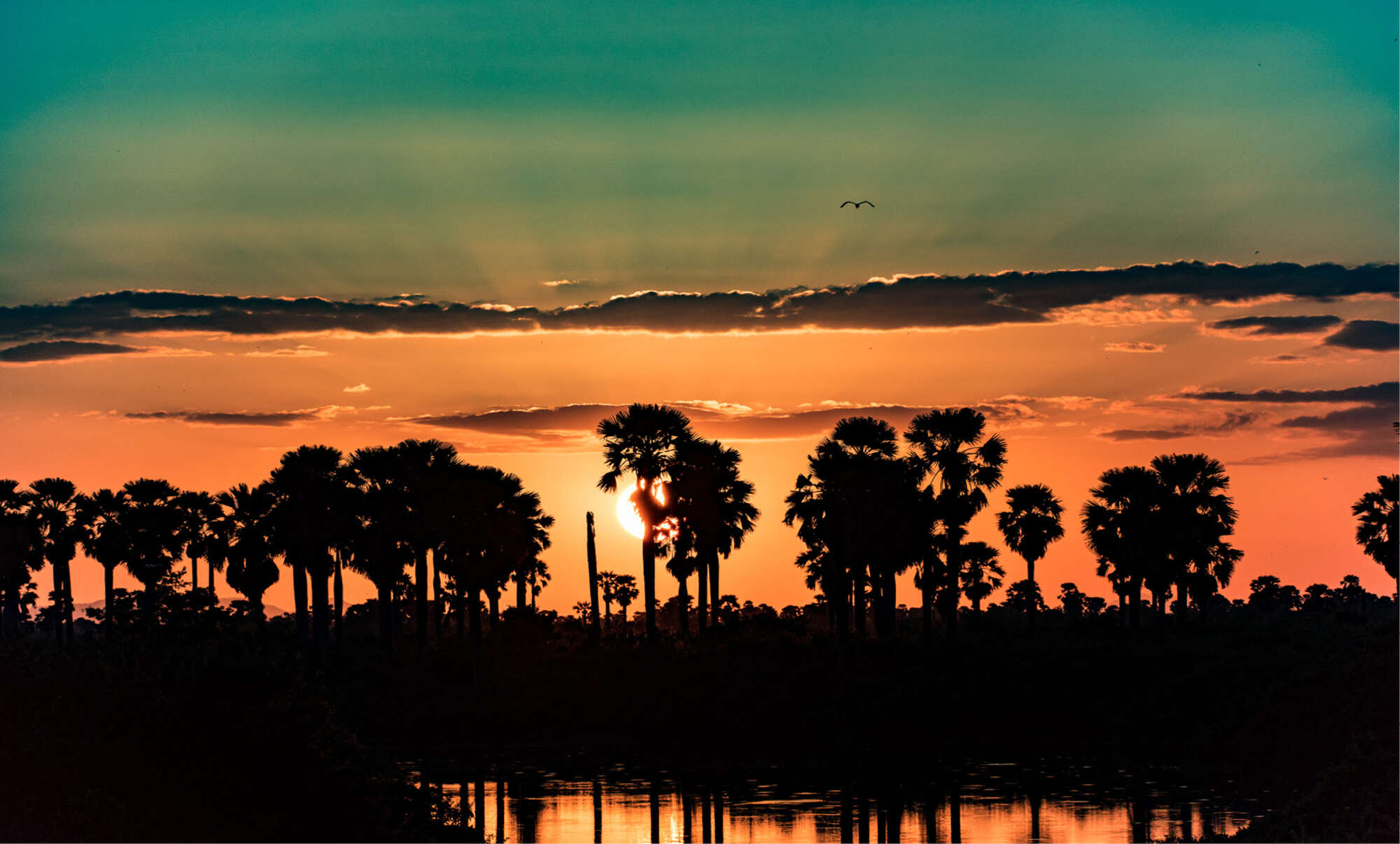
Impala Camp
Impala Camp is a comfortable, excellent-value camp with colourful tented rooms raised on platforms, good guiding and tasty food.
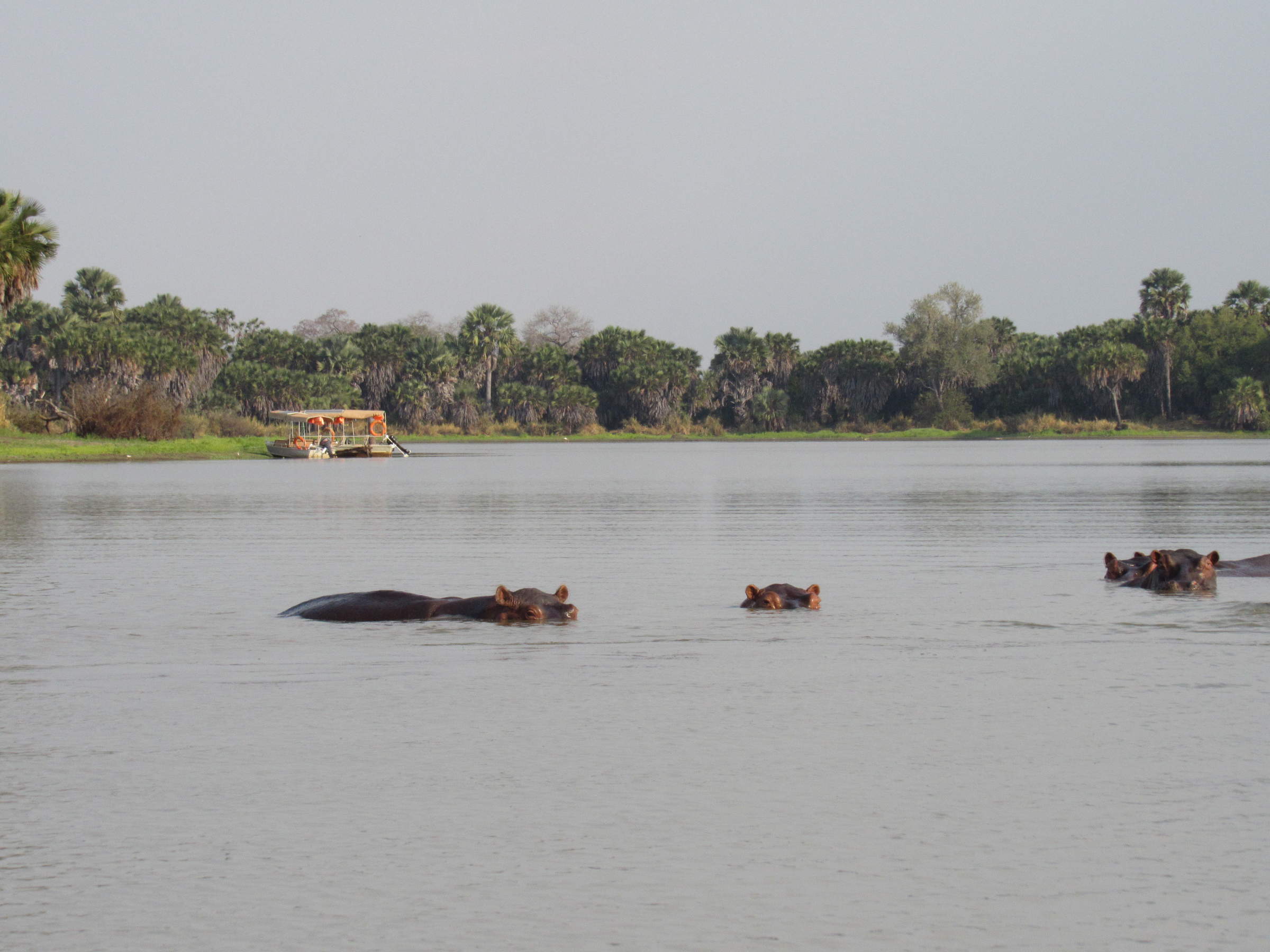
Lake Manze Camp
Lake Manze Camp is a rustic, lakeside bushcamp in Nyerere National Park that offers a great wilderness experience and doesn’t cost the earth.
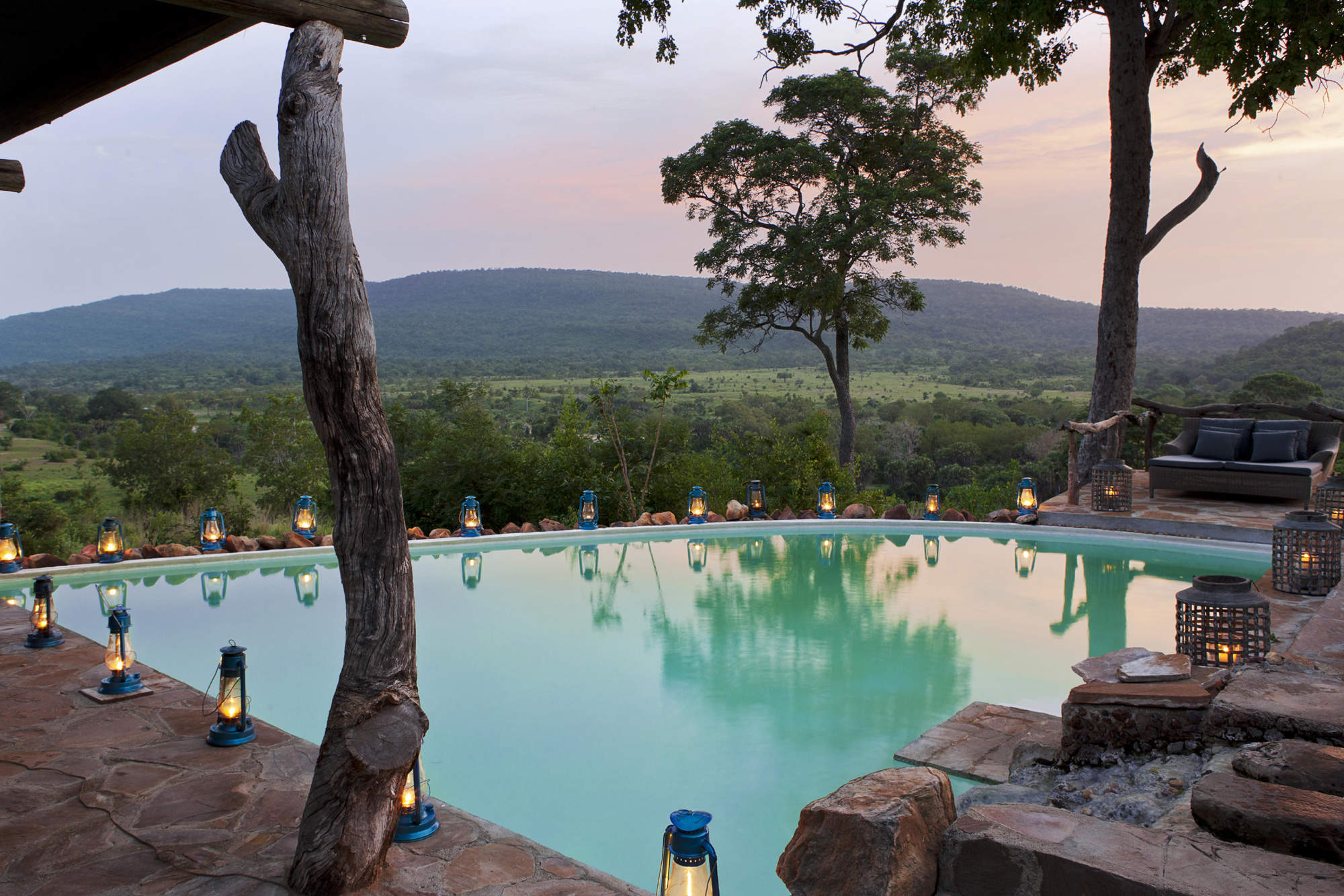
Beho Beho
Beho Beho is one of the best camps we work with in Africa, with gracious hosts, fantastic food and most importantly, excellent guiding.
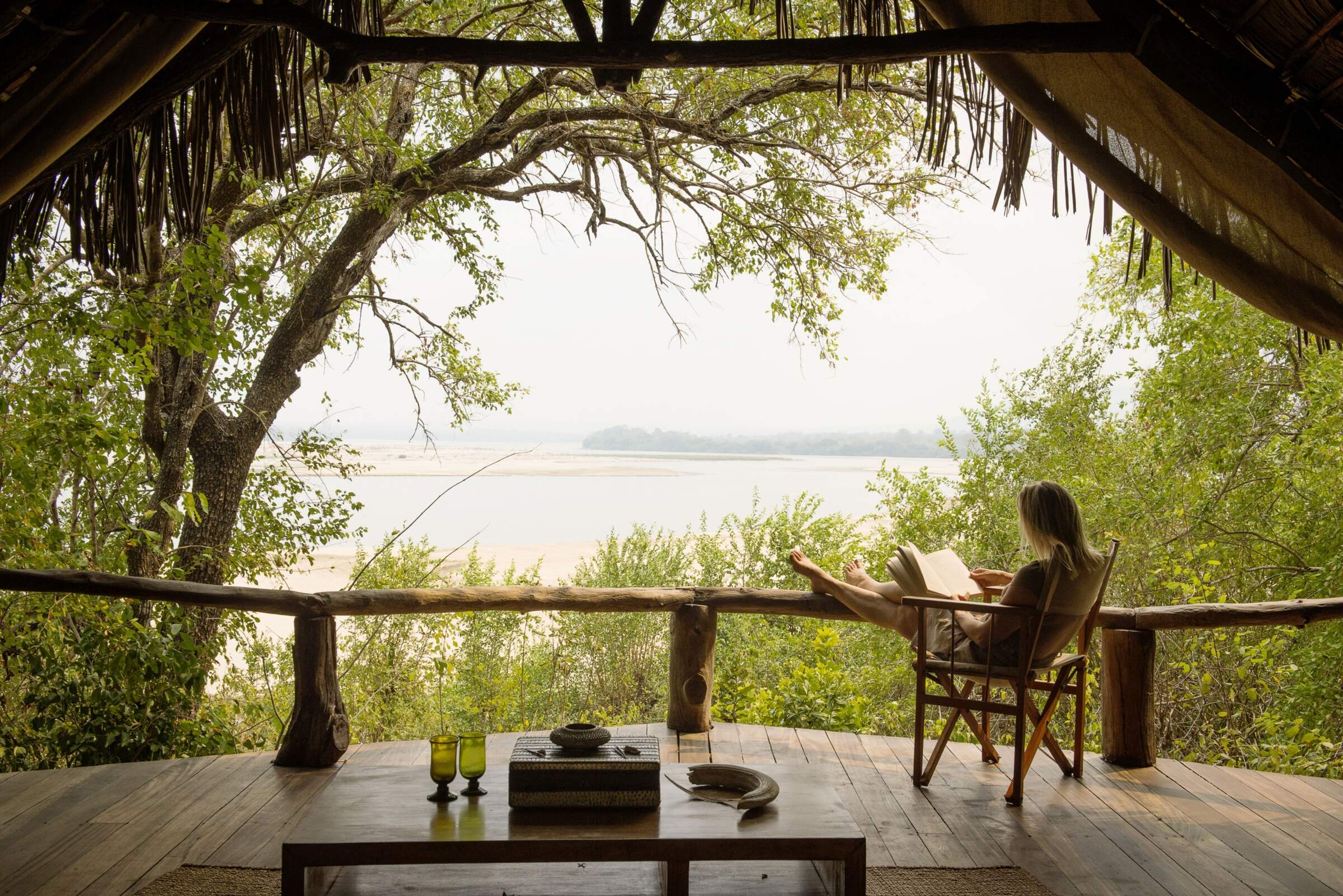
Sand Rivers Camp
The stylishly put together Sand Rivers has an outstanding reputation, with a wonderful location on the Rufiji River and great guides.
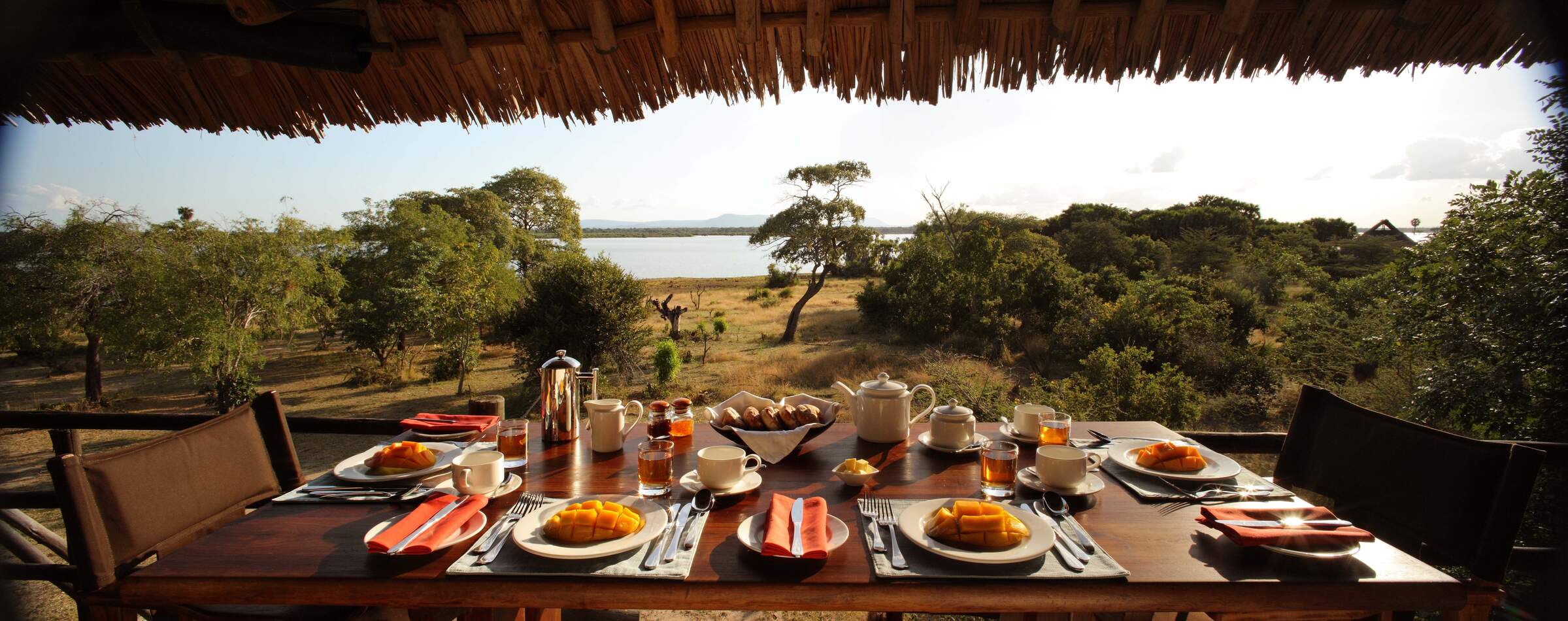
Siwandu
Siwandu is a luxurious and smoothly run camp with beautiful rooms and superb service offering great views over Lake Nzerakera.
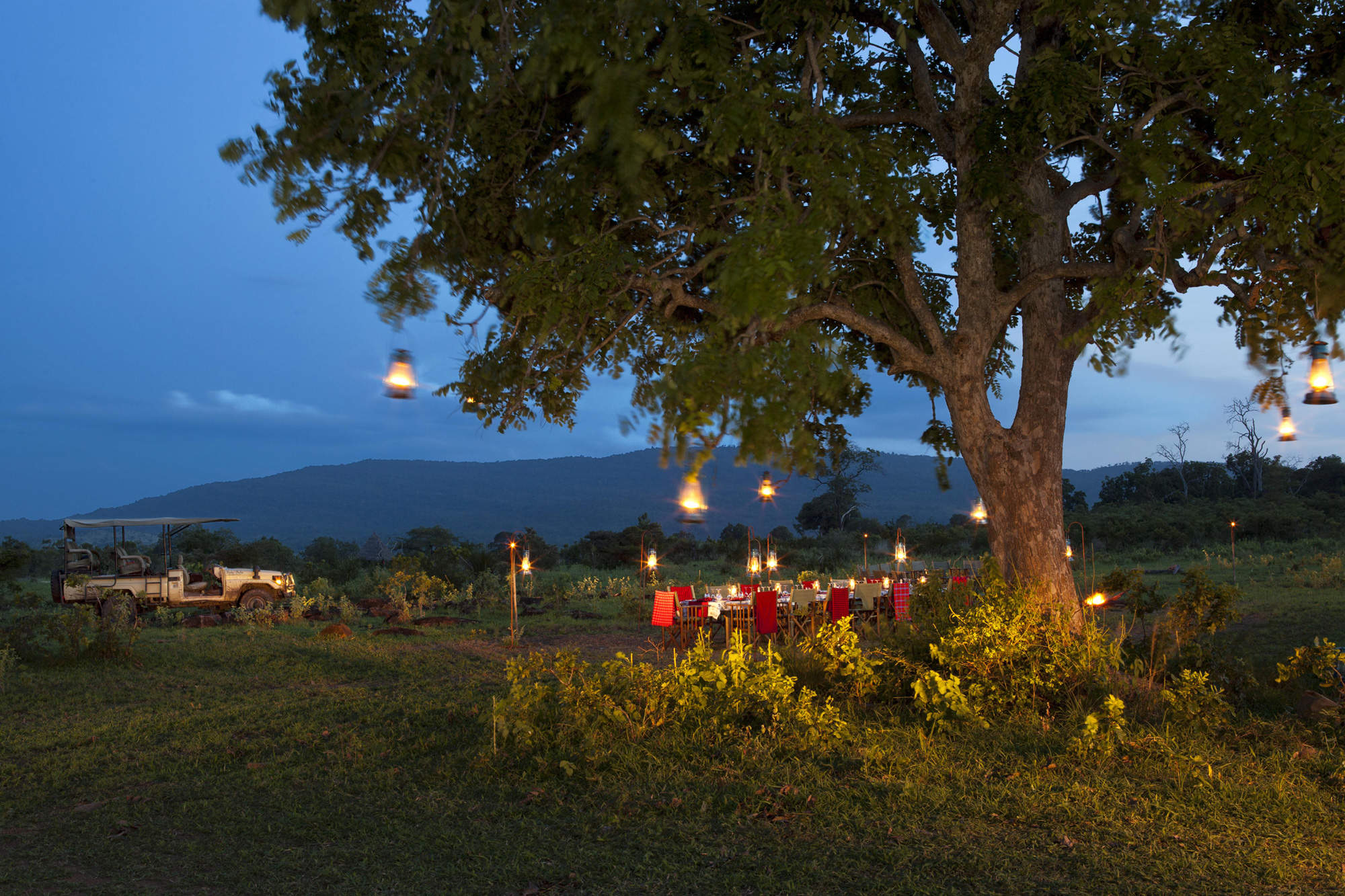
Beho Beho Tree-house
Beho Beho Treehouse is a satellite tree platform for just one couple, managed by Beho Beho and ideal as a one-night honeymoon retreat
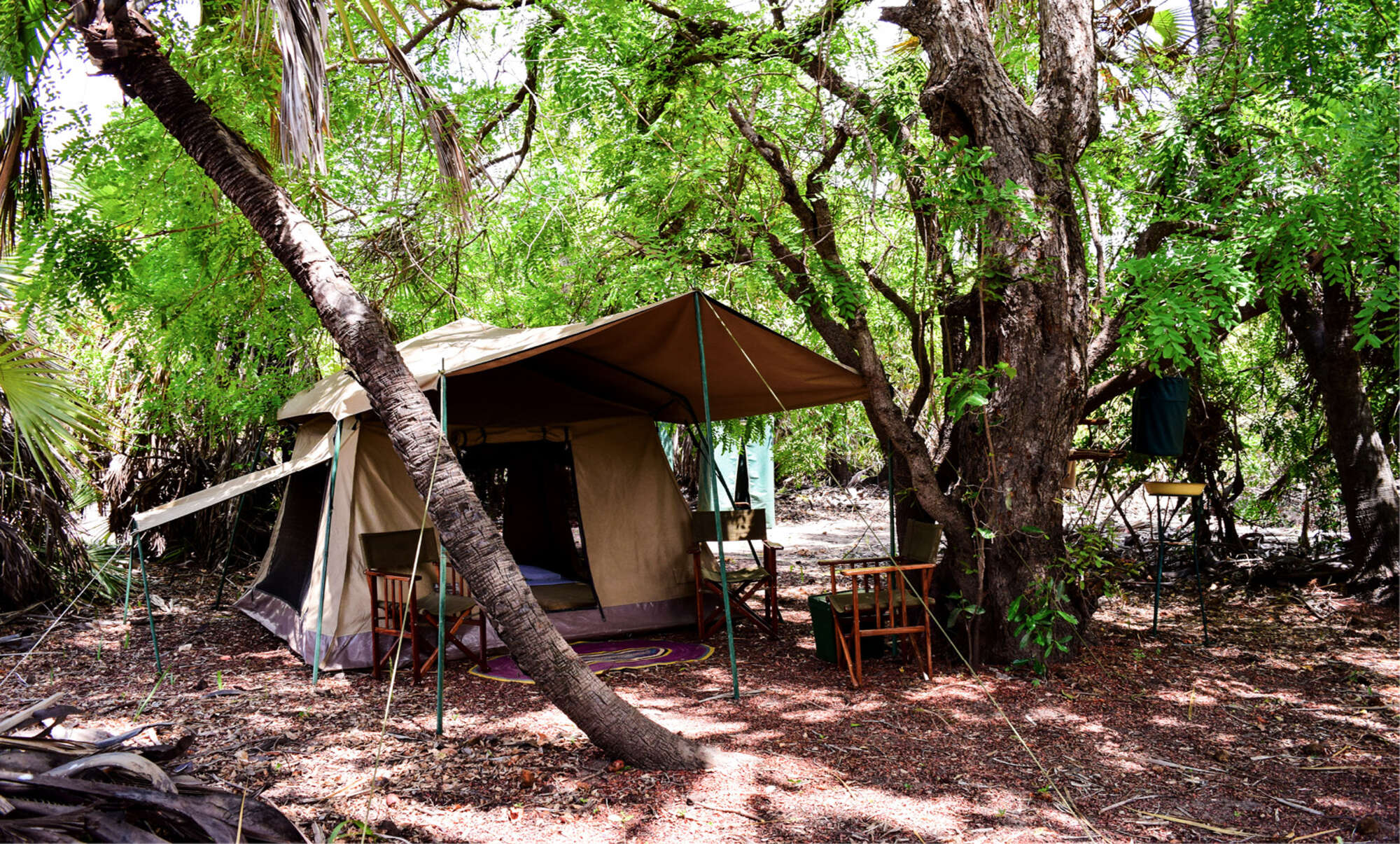
Impala fly-camping
While you're staying at Impala Camp in Nyerere National Park, you can enjoy a few nights' fly-camping in the heart of the bush.
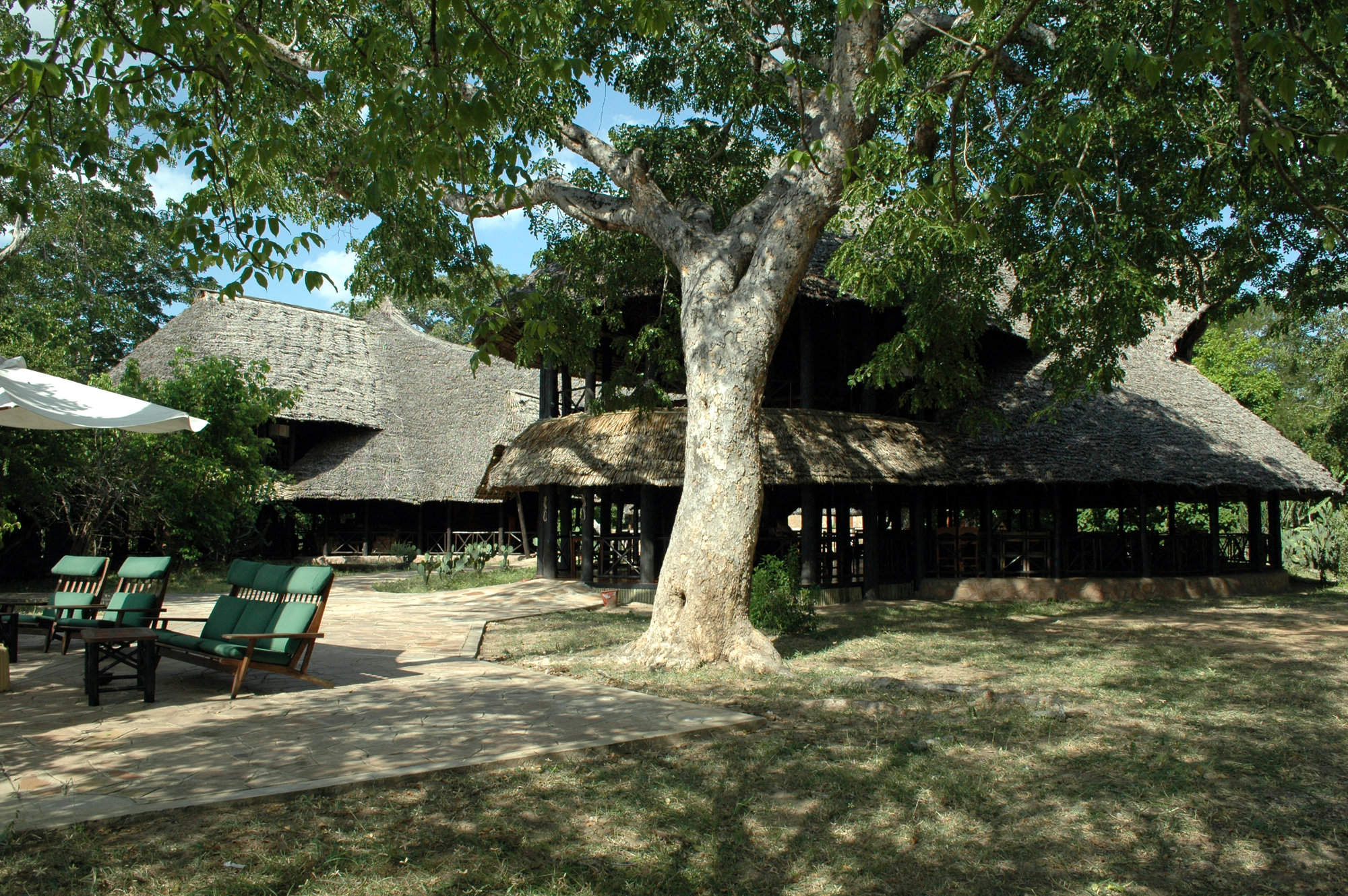
Rufiji River Camp
Rufiji River Camp has a lovely location right on the edge of the Rufiji River and while not luxurious, it is one of the lowest-cost camps in the park.
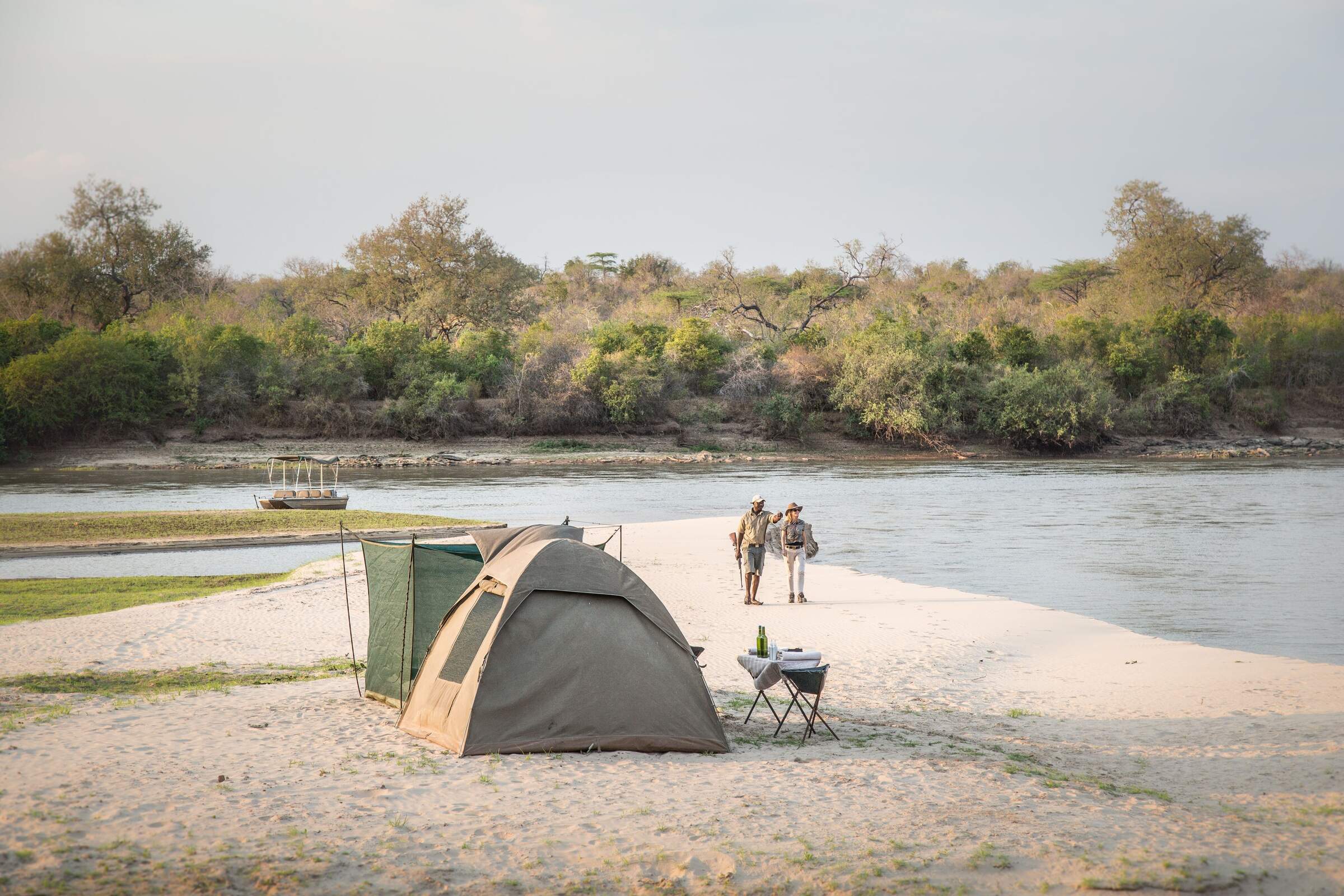
Sand Rivers fly-camp
Sand Rivers fly-camping safaris in Tanzania's Nyerere National Park operate out of Sand Rivers Camp, on the Rufiji River.
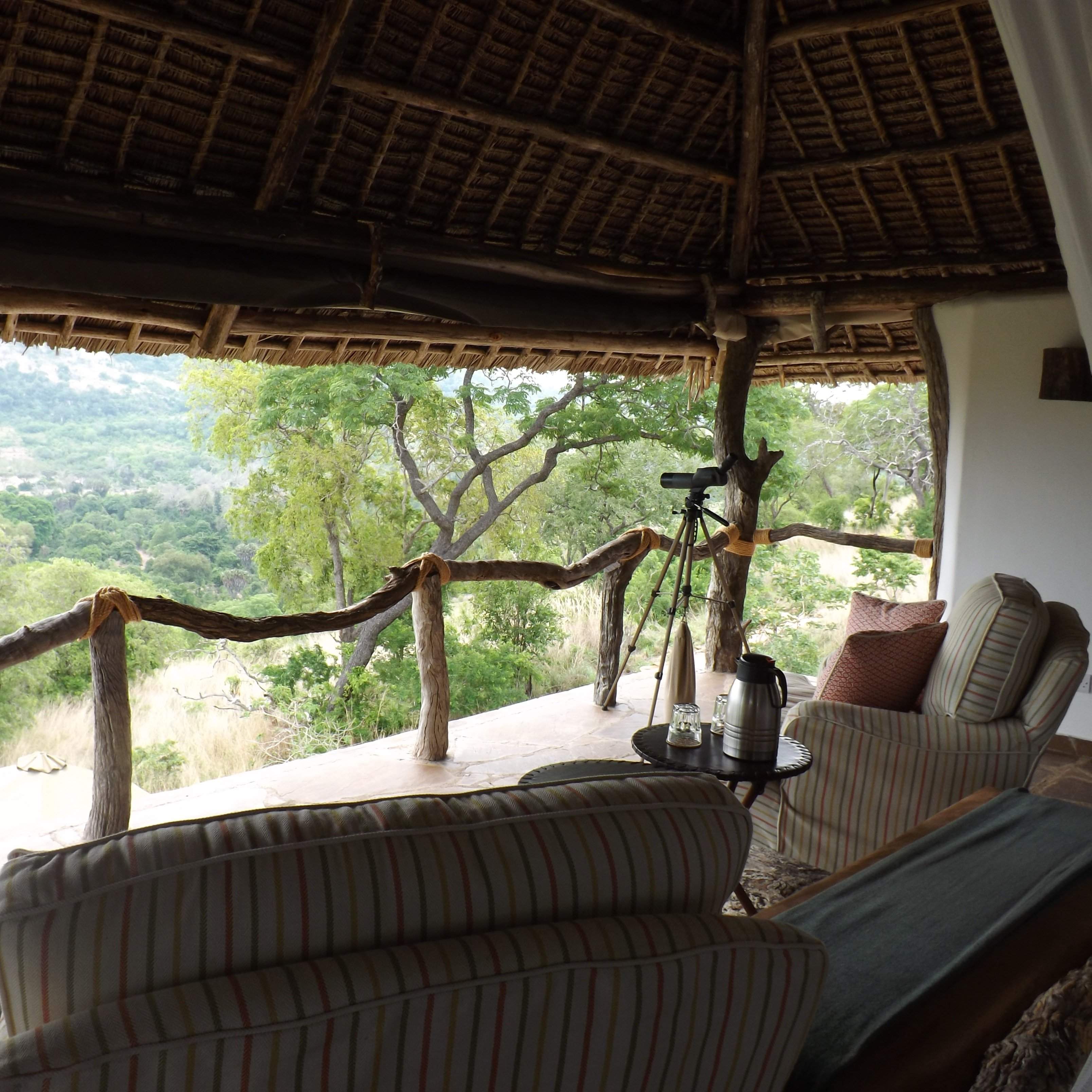
Beho Beho Bailey's Banda
Bailey's Banda at Beho Beho is a luxurious safari lodge in Nyerere National Park which can be booked exclusively for you and your party.
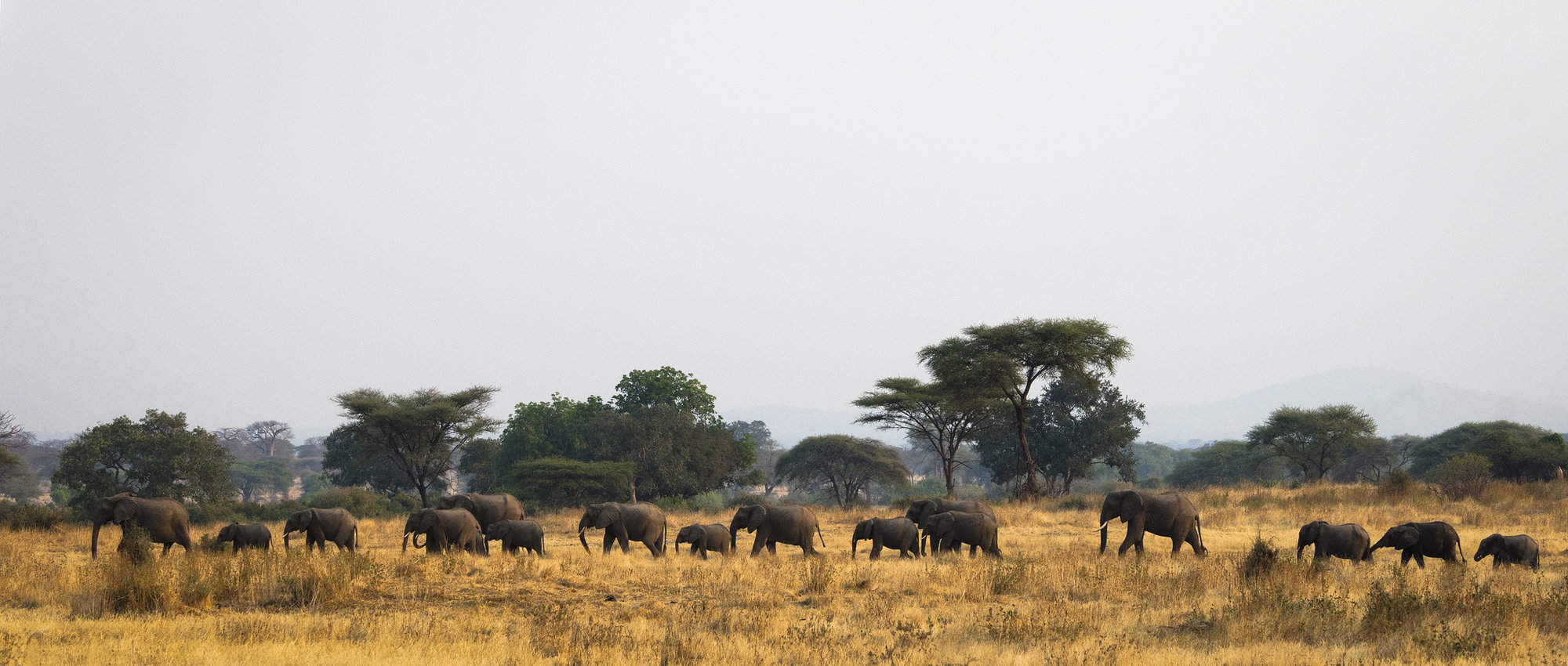
Rufiji River fly-camp
Fly-camping trips can be organised from Rufiji River Camp in Tanzania's Nyerere National Park
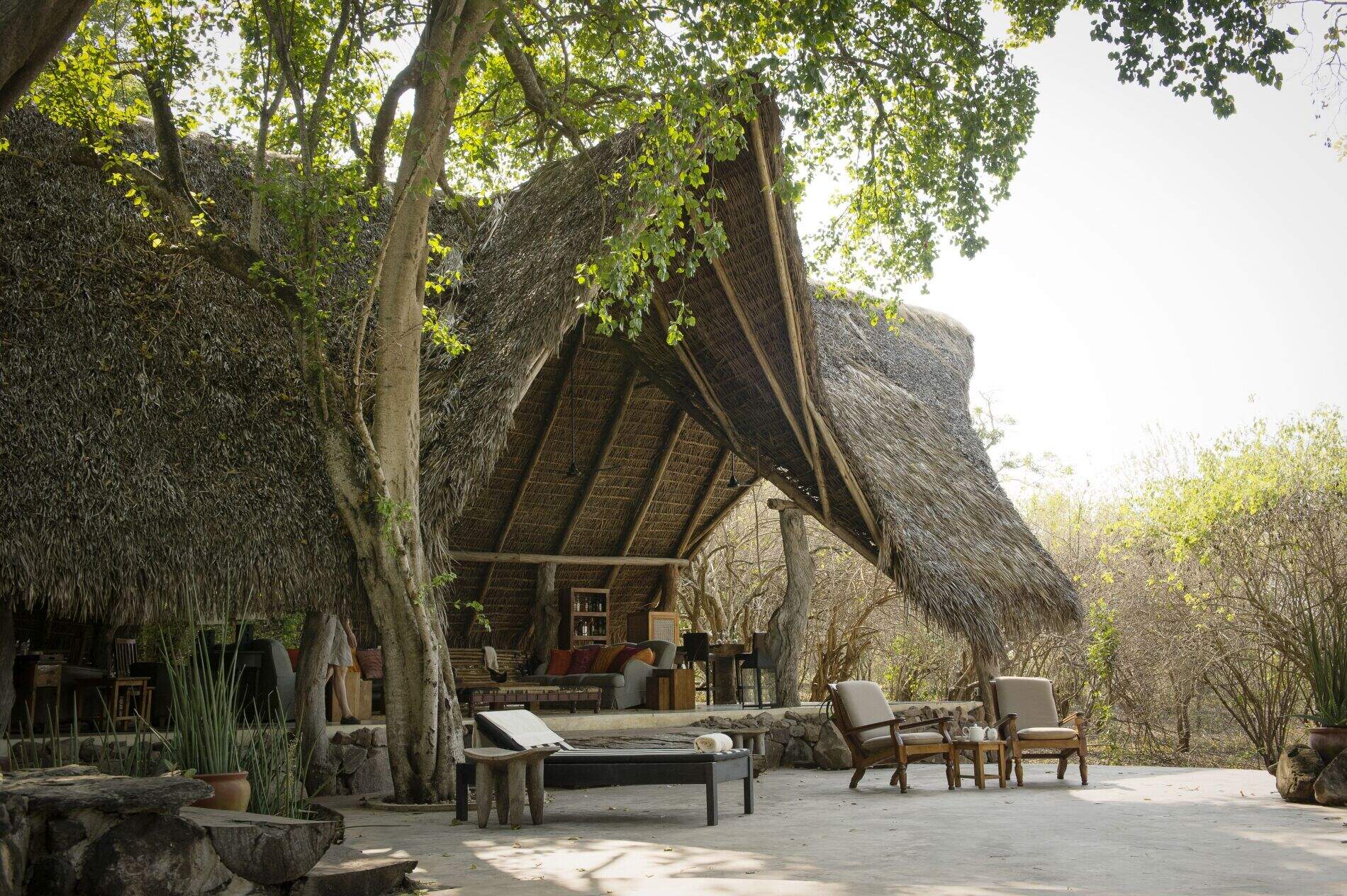
Kiba Point
Kiba Point is the private sister camp of Sand Rivers, available on an exclusive basis, with its own private drivers and staff.
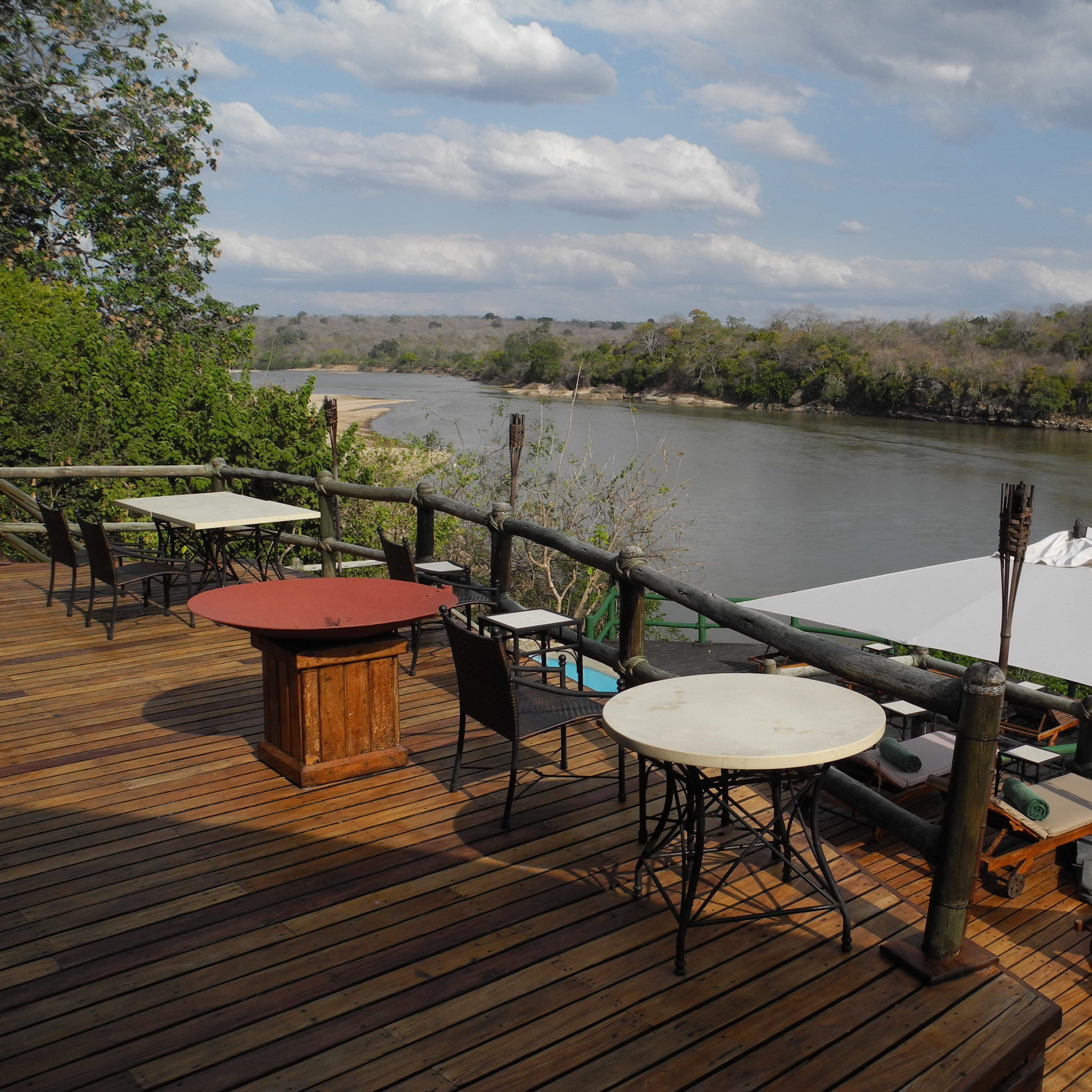
Mivumo River Lodge
Mivumo River Lodge is Serena's main lodge in the Selous. Although comfortable, the windows and air-conditioning dispel any wilderness feel.
When to go to Nyerere National Park
Our month by month guide: What it's like to visit Roho ya Selous in Nyerere National Park
Jan
Feb
Mar
Apr
May
Jun
Jul
Aug
Sep
Oct
Nov
Dec
Tanzania in January
January usually marks the start of the short dry season, although the exact timings of this are a little unpredictable. You can expect clear blue skies and sunshine, if the short rains have stopped, and the temperatures will be building. The short dry season is a little less pronounced in Southern Tanzania, and so it can still be wet in these areas. It is an interesting time for avians as resident birds go into breeding plumage and migrant species can be present.
Once the New Year busy period has quietened down, January can offer great value and quieter parks, although the weather can be variable, and in the Selous and Ruaha the wildlife is more dispersed.
- Variable weather: clear & dry or cloudy with some rain.
- Occasional thunderstorms may occur.
- A good time of year for birding as and many migrant species are around
- The wildebeest migration is gathering in the southern Serengeti.
- Busy in early January, quietening down through the month.
Our view
A good time to visit, with pros & cons
Weather in January
Tanzania in February
February is during the short dry season and is one of the hottest months in Tanzania, with temperatures reaching around 33°Celsius. This can be a good time to visit, as some areas of the Northern Circuit are comparatively quieter than during the European summer months, and lodge rates are also a little lower.
The wildebeest will typically be on the southern plains of the Serengeti for their calving season, which tends to occur in a 2-3 week window in early-mid February – although this does vary year on year. This is also a particularly rewarding time for birdlife, as northern hemisphere migrants join the resident species.
- Hot and dry weather.
- Wildebeest migration calving on Serengeti’s southern plains.
- Ngorongoro Crater and southern Serengeti busy for the migration.
- Selous and Ruaha are typically quiet at this time.
- The parks are likely to be lush and green, leading to pretty landscape
Our view
A very good time to visit
Weather in February
Tanzania in March
The heavier ‘long rains’ start in earnest in March although exactly when varies year on year. With no need to stay close to permanent water sources, migratory wildlife disperses, and so game viewing starts to become more challenging. This is most prominently seen in Tarangire National Park. The wildebeest migration may still be calving, or have moved on into the central regions of the Serengeti.
Many of the camps in the southern parks close mid March and mobile tented camps in the Serengeti will wind down towards the end of the month in order to move location or carry out refurbishments, ready for the new tourist season.
- Hot with building humidity, before the rains begin at some point.
- Wildlife viewing is variable depending on the start of the rains.
- Parks are quiet and rates are low.
- Not great for southern or western Tanzania.
- March can be a good time for birding, with many migrant species.
Our view
A good time to visit, with pros & cons
Weather in March
Tanzania in April
April is in the middle of the long rainy season and is the wettest month, with on average 250mm of rain. Temperatures are fairly high and humid in comparison to the rest of the year. Expect the bush to be lush and flowering, and alive with insects, birds and smaller animals. It is however also dense, allowing wildlife to hide, which in turn makes game viewing harder. This is a very quiet time in terms of visitor numbers.
Many of the tented camps are closed in April, however the larger lodges remain open. The rates are significantly cheaper, and so if you are willing to work harder to spot the bigger game, some accommodation bargains can be had.
- Heavy rain expected, with impressive thunderstorms and lightning.
- Many camps closed and roads impassable due to ground conditions.
- Rates are at their lowest all year round, with very few other tourists
- Places that are open are green and vibrant, wildlife more dispersed.
Our view
This is not a great time to visit
Weather in April
Tanzania in May
As Tanzania is close to the equator there is no dramatic difference in climate throughout the year, but temperatures do start to drop a little in May. The rains are likely to still be present, although potentially clearing towards the end of the month. Visitor numbers and lodge rates are still low. The wildebeest migration is making its way through the western regions of the Serengeti, crossing the Grumeti River.
Virtually all camps in southern Tanzania remain closed, and many of the roads and tracks in the Selous become impassable.
- Heavy rains and storms are likely, this can create some dramatic skies
- Blissfully quiet in northern Tanzania, and a good time to avoid crowds
- The parks are likely to look lush and green, with long grass.
- Wildlife is likely to be more dispersed, with fewer sightings.
- The low prices make safaris much more affordable at this time.
Our view
This is not a great time to visit
Weather in May
Tanzania in June
The rains come to an end at some point during the month and migratory wildlife begins to be drawn back to perennial water sources as the land starts to dry up. It’s likely that the parks will still be quite green and the grass high though, so walking and fly-camping may be unlikely. This marks the start of the season with camps reopening, but prices are still more affordable than the subsequent months.
The migration may still be in the Western Corridor, or on the move northwards towards the Mara River. Western Tanzania presents more challenging conditions for chimpanzee trekking in Mahale National Park, as the chimps are higher in the mountains.
- Variable weather: clear & dry or cloudy with some rain.
- A transitory time for the migration – moving from west to north.
- The parks may still be quite green, and grasses high.
- Wildlife may be dispersed still.
- Relatively low visitor numbers and good value, shoulder season prices.
Our view
A good time to visit, with pros & cons
Weather in June
Tanzania in July
July is considered to be the start of the peak season, with no rainfall expected and pleasant daytime temperatures. As the parks dry, the wildlife congregates in fewer areas, grass is eaten and trampled by the migration, and game viewing gets better and better. The wildebeest are typically arriving in the northern Serengeti, ready to begin their period of crossings of the Mara River.
In the Selous and Ruaha wildlife sightings can be fantastic, with animals gathering around the lakes and rivers. Great conditions and school holidays mean the parks are at their busiest, with Ngorongoro and the Serengeti particularly crowded.
- Dry and warm daytimes, chilly and windy in the mornings and evenings.
- Great wildlife viewing, as water sources diminish.
- The most popular time of year with very high visitor numbers.
- Prices are at their highest due to the great conditions on the ground.
- To avoid the crowds consider Tanzania’s southern parks.
Our view
Fantastic: the very best time to visit
Weather in July
Tanzania in August
August is the middle of the long dry season, with clear skies and sunny weather. You can expect some cooler weather at night and first thing in the morning. Remember to pack layered clothing, so you can wrap up warm on your early morning game drives, but remain comfortable as it heats up throughout the day.
August is a very popular time to visit, so accommodation prices are at their highest and advanced booking is necessary. It can get noticeably busier in some of the northern parks – in particular the Ngorongoro Crater and northern Serengeti, as visitors flock to the area in hope of witnessing an exciting migration river crossing.
- Dry and warm daytimes, chilly in the early mornings and evenings.
- General wildlife viewing should be excellent.
- An exciting time of year for the wildebeest migration.
- Certain areas will be very busy and camps fill up fast.
- Great wildlife sightings in the Selous and Ruaha, and fewer people.
Our view
Fantastic: the very best time to visit
Weather in August
Tanzania in September
September can be an excellent time of year to visit Tanzania. As the parks continue to dry up the wildlife becomes increasingly reliant on the remaining water sources, leading to high densities of animals. Whilst early September can be busy, with fewer families traveling at this time the parks typically become quieter as the month goes on.
You are still likely to see the wildebeest migration in the northern Serengeti, with river crossings occurring on a regular basis. Tanzania’s southern parks are also fantastic at this time of year, generally receiving far fewer visitors than the north, and wildlife sightings can be great. Prices remain high and the weather generally remains good.
- Wildlife viewing in September can be fantastic.
- Whilst still fairly busy, often the parks are typically a little quiet
- The parks will start to become very dry, with little new vegetation
- Cooler mornings and evenings, warming up during the day.
- Prices remain high.
Our view
Fantastic: the very best time to visit
Weather in September
Tanzania in October
At the tail end of the dry season, the wildlife should be the easiest to spot, although photographers should be aware that it can be a bit dusty at this time of year, as there has been no rain for several months. Great general wildlife viewing throughout as animals are attracted to remaining sources of water. Elephant numbers are particularly high at this time in Tarangire, and Mahale and Katavi are especially rewarding with frequent wildlife sightings close to camp.
There is a chance of rainfall towards the end of the month, if the short rains commence. While prices remain high, visitors numbers are significantly lower than in July-August.
- Mostly dry and temperatures comfortably warm, with the chance of storm
- Great game viewing although the landscape can be a bit barren.
- Much lower visitor numbers than the earlier months.
Our view
A very good time to visit
Weather in October
Tanzania in November
In November you can expect the start of the short rains, although the start date varies every year. The rains are highly localised, and are much lighter and more unpredictable than the long rains that occur earlier in the year. These should not really interfere with your safari – as the game viewing at this time is still good - but you should pack a waterproof jacket and be prepared for some short rain showers!
The majority of tented camps remain open, but some of the mobile camps in Northern Tanzania will close for the latter half on the month. Given the seasonality, camps are charging shoulder season rates so there are often some bargains to be had. Early November can offer great value for money and the weather conditions are likely to be comparable to late October.
- Variable weather: clear & dry or cloudy with some rain.
- Parks are comparatively quiet and prices at the lower end.
- Some camps will close towards the end of the month for maintenance.
- Good wildlife sightings, but animals will disperse when rain starts
- The wildebeest migration is on the move and the location unpredictable
Our view
A good time to visit, with pros & cons
Weather in November
Tanzania in December
December is also during the short rainy period, but this does not stop Tanzania being a popular destination to spend the festive period. Be aware that many of the lodges book up early, and charge peak rates over this time. Advanced booking is essential over this period, especially if travelling in larger family groups.
Travelling in December outside of the festive period allows travellers to make use of excellent shoulder season rates. Temperatures are pleasant with the averages of 27Celsius, although there is the chance of intermittent thunderstorms.
- Variable weather:clear & dry or cloudy with some rain and thunderstorm
- Good general game viewing in parks with low seasonality - Serengeti.
- Very quiet early in the month, becoming exceptionally busy.
- Prices reflect this – great value rising to the highest they are.
- The wildlife in southern Tanzania is more dispersed.
Our view
A good time to visit, with pros & cons
Weather in December

Looking for inspiration on where to travel next?
Visit our trip chooser to explore your options and find inspiration for your perfect African adventure
Inspire me